Value of P63 and CK5/6 in distinguishing squamous cell carcinoma from adenocarcinoma in lung fineneedle aspiration specimens Diagnostic Cytopathology, 09 Zubair Baloch Cindy McGrath R Gupta B Jian Gordon Yu CK 5/6 expression varies from 24 to 72% in TNBC as reported in previous studies 18, 19 Other researchers have also proposed prognostic significance of CK 5/6 in node negative breast cancers Nielson et al suggested that CK5/6 positive breast cancer have worse prognosis independent of tumor grade, Tstage and hormonal/Her2neu status Erlotinib, gefitinib, and afatinib are approved EGFRTKIs for patients with treatmentnaïve EGFRmutant lung cancer 1,3,4 A metaanalysis of randomized trials of treatmentnaïve patients reported a median PFS of 110 months in patients treated with EGFRTKIs compared with 56 months in patients treated with chemotherapy 5 Despite initial responses to EGFRTKIs,
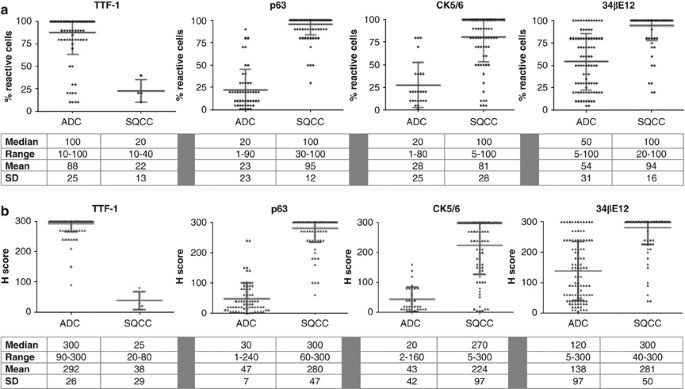
Immunohistochemical Algorithm For Differentiation Of Lung Adenocarcinoma And Squamous Cell Carcinoma Based On Large Series Of Whole Tissue Sections With Validation In Small Specimens Modern Pathology
Ck 5/6 lung cancer
Ck 5/6 lung cancer-CK5/6 negativity was seen in all cases of adenocarcinoma and in two cases of squamous cell carcinoma p63 was positive in all squamous cell carcinomas and in 4 adenocarcinomas Cytokeratin 5/6, p63 positivity and TTF1 negativity were observed in 17 nonsmall cell lung cancers whose final diagnosis was squamous cell carcinoma None of the 12 nonsmall cell lung cancers whose final diagnosis was adenocarcinoma exhibited positive staining for CK5/6Lung cancer diagnostic solutions product brochure (7009A5) A Kargi, D Gurel, B Tuna, The diagnostic value of TTF1, CK 5/6, and p63 immunostaining in classification of lung carcinomas Appl Immunohistochem Mol Morphol 07 Dec;15(4)415 NG Ordòñez Value of cytokeratin 5/6 immunostaining in distinguishing epithelial mesothelioma of the pleura from lung




Immunohistochemistry Stains In Squamous Cell Carcinoma And Download Scientific Diagram
prostate cancer (33%), lung cancer (13%) lung cancer (31%), prostate cancer (10%) Females breast cancer (32%), lung cancer (12%) lung cancer (27%), breast cancer (15%) More cancer deaths in adult males and females are due to lung cancer than any other type of cancer Lung cancer is most often caused by exposure to tobacco smokeKeratin 5 serves as a biomarker for several different types of cancer, including breast and lung cancers It is often tested in conjunction with keratin 6, using CK5/6 antibodies, which target both keratin forms Basallike breast cancers tend to have poorer outcomes than other types of breast cancer due to a lack of targeted therapiesRequest PDF Abstract 5 CK 5/6 and EMTmarkers as poor prognostic factors in breast cancer patients Introduction Cytokeratins 5/6 are expressed in basal layer of breast epithelium and are
CK19 expression was detected in 946% of ADCs, 936% of SQCs, 545% of LCCs, 548% of PCs, 774% of LCNECs, 318% of SCCs, 340% of CTs, and 929% of malignant mesotheliomas Expression of CK19 was also detected in 909% of lung metastatic deposits from breast carcinomas CK19 expression was maintained between CK19positive primary sites andPolymorphisms on chromosomes 5, 6, and 15 are known to affect the risk of lung cancer Singlenucleotide polymorphisms (SNPs) of the genes encoding the nicotinic acetylcholine receptor (nAChR) – CHRNA5 , CHRNA3 , and CHRNB4 – are of those associated with an increased risk of lung cancer, as well as RGS17 – a gene regulating Gprotein signaling Abrupt lung metastases with cannonballs pattern at the time of initial diagnosis as shown in our cases have been reported in germ cell tumors,2, 3 choriocarcinomas, 4 and endometrial cancers5, 6 It is noteworthy that these cancers are frequently described as hCG expressing tumors, as already indicated hCG is an autocrine, acting directly on the cells which
This study was aimed to evaluate the utility of a panel of antibodies, consisting of thyroid transcription factor1 (TTF1), p63, and cytokeratins (CK) 5/6 for distinguishing between small cell lung carcinoma (SCLC) and nonsmall cell lung carcinoma, as well as for identifying glandular or squamous differentiation in small tissues obtained by bronchoscopy Bronchoscopic biopsies of 77 lung carcinomaLung cancer database (January 00 to December 09) Tissue microarray and immunohistochemical (IHC) staining were used to detect the expression of p63, p40,and CK5/6The effect of the expressionDiscussion section of NCCN Guidelines for NonSmall Cell Lung Cancer v515) Systemic Treatment Options for Patients with NSCLC 1, ‡ • Cisplatin14–21 • Carboplatin17,18–23



1




Lung Cancer Ihc Portfolio
Cytokeratin 5/6 (D5/16B4)マウスモノクローナル抗体 抗サイトケラチン 5/6抗体は、抗サイトケラチン 5抗体と抗サイトケラチン 6抗体のカクテル抗体です。 本抗体は種々の上皮および中皮細胞に発現するサイトケラチン 5と、増殖性の扁平上皮で発現するサイトケラチン 6に反応します 12 。 細胞質への染色パターンを示し、扁平上皮癌や、悪性中皮腫と肺腺癌の鑑別に用いThe diagnostic value of cytokeratin 5/6, 14, 17, and 18 expression in human nonsmall cell lung cancer Chen, Yuan Cui, Tiantian Yang, Linlin Mireskandari, Masoud Knoesel, Thomas Zhang, Qing PacynaGengelbach, Manuela Petersen, Iver Vol 80, Issue 80, Oncology (Oncology), ISSN Abstract The expression patterns of cytokeratin (CK) filaments in human epithelialHerausragende Bedeutung bei der Diagnostik des Prostatakarzinoms hat der monoklonale Antikörper 34ßE12, der die hochmolekularen Zytokeratine 5/6/10/14 darstellt Diese werden in den Basalzellen der Prostata gebildet Mit Hilfe dieses Antikörpers kann der für das Prostatakarzinom typische Verlust der basalen Zelllage nachgewiesen werden Andererseits können auch Läsionen,




Cytokeratin 5 6 Antibody Ma5




Expression Of P63 And Ck5 6 In Early Stage Lung Squamous Cell Carcinoma Is Not Only An Early Diagnostic Indicator But Also Correlates With A Good Prognosis Ma 15 Thoracic Cancer
In 15, there were 87 deaths due to lung cancer among ChathamKent residents The mortality rate was 639 (504, 775) per 100,000 which was significantly higher than the rate of 457 (447, 468) per 100,000 for Ontario Over time, rates have fluctuated locally, while provincial rates have gradually decreased Rates in ChathamKent have Stages of nonsmall cell lung cancer AJCC Stage Stage grouping Stage description* Occult (hidden) cancer TX N0 M0 The main tumor can't be assessed for some reason, or cancer cells are seen in a sample of sputum or other lung fluids, but the cancer isn't found with other tests, so its location can't be determined (TX) The cancer is not thought to have spread to Since then, the mortality from lung cancer has decreased, but the 5y cure rates have barely improved The annual number of deaths from lung cancer is greater than the numbers of deaths from breast, colon, and prostate cancers combined More than 150,000 patients died of lung cancer in 04 The 5y survival rates currently are 16% in the United States and 5% in the
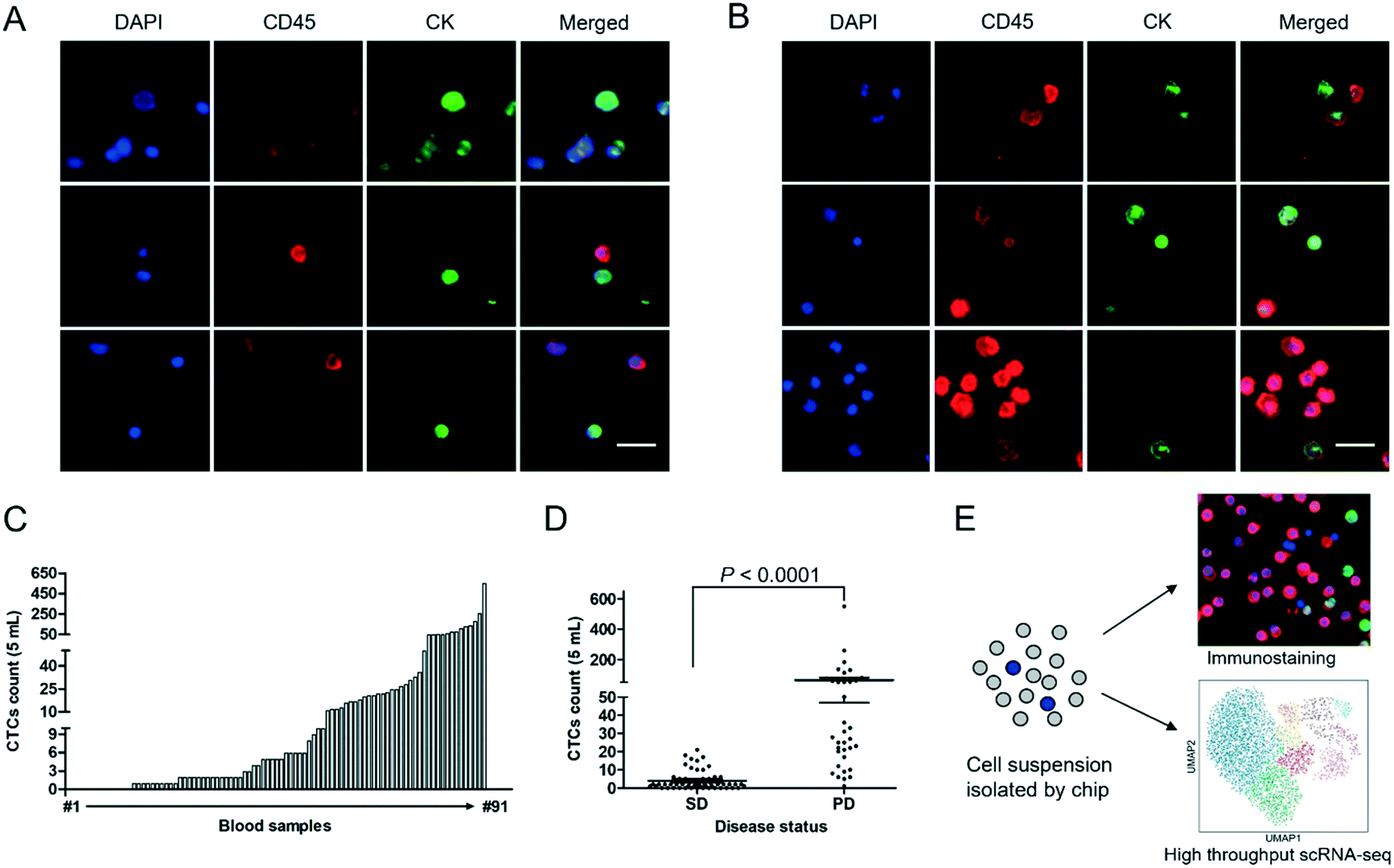



Cascaded Filter Deterministic Lateral Displacement Microchips For Isolation And Molecular Analysis Of Circulating Tumor Cells And Fusion Cells Lab On A Chip Rsc Publishing




Hepatoid Adenocarcinoma Of The Lung Mimicking Metastatic Hepatocellular Carcinoma
Small cell carcinoma (also known as small cell lung cancer) is a special type of lung cancer that tends to grow and spread quickly Since it has often spread outside the lung at the time it is diagnosed, it is rarely treated with surgery It is most often treated with chemotherapy, which might be combined with radiation The chemotherapy used is different from what is used for other types of lung cancersF*ck Lung Cancer Coloring Book 50 Self Affirming Quotes and Inspirational Mantras to Color While Fighting Cancer, Spreading Good Vibes and Staying Motivational Coloring Activity Book, Band 3 Amazonde Pink Ribbon Colorists Fremdsprachige Bücher CK6 expressed in wound healing and hyperproliferative cancer cells (J Biol Chem 1995;) CK5/6 expression may be useful in subclassifying epidermolysis bullosa cases (Appl Immunohistochem Mol Morphol 18;) CK5 is a marker of breast luminal progenitor and stem cells (Breast Cancer Res Treat 11;)



Www Ajol Info Index Php Mjz Article View
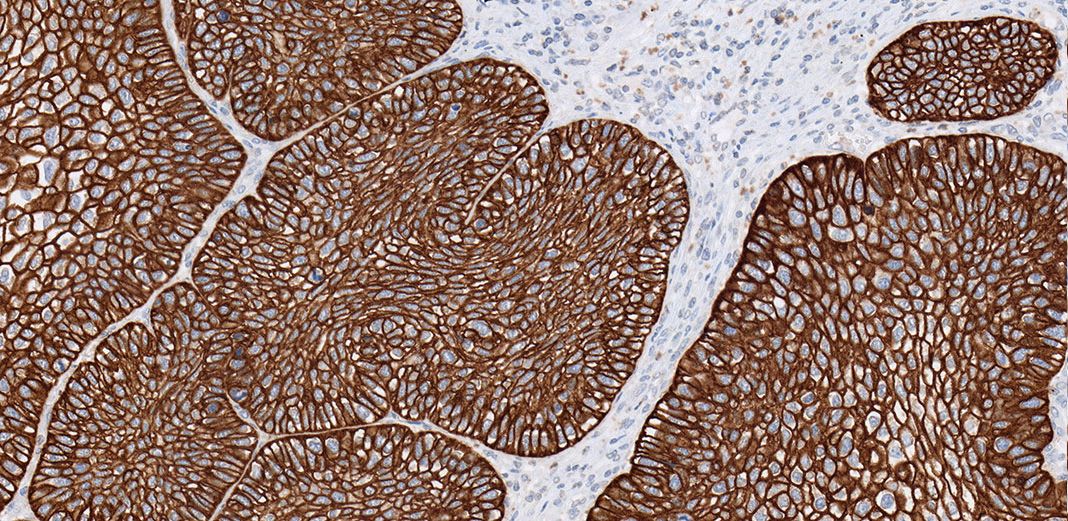



Roche Lung Cancer Ihc Panel
However, the need for a more sensitive and specific panel of antibodies to differentiate lung adenocarcinoma (LADC) from lung SqCC is of the utmost importance In a pilot study, 12 antibodies were evaluated using an immunohistochemical (IHC) method (see Table 1) Based on sensitivityUsed to differentiate primary lung cancers and recently CK5/6 and Napsin A have been reported;Lee et al CKMB and CKBB in lung cancer 235 mal 030 UA) A strikingly high percentage of activity appeared in the MB and BB fractions in the range of 47 53% (normal 05%), and 1123% (normal 0%) respec tively The MM fraction represented only 2637 % of to tal serum CK activity (normal 025%) Examples of the electrophoretic CK isoenzyme patterns from the patient's




Adherence To The Mediastinal Staging Guideline And Unforeseen N2 Disease In Patients With Resectable Non Small Cell Lung Cancer Nationwide Results From The Dutch Lung Cancer Audit Surgery Lung Cancer
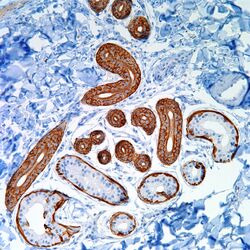



Cytokeratin 5 6 Ck 5 6 Pathology Resident Wiki Fandom
Antibodies for the following molecules were used in the differential diagnosis of nonsmallcell lung cancer (NSCLC) p40, p63, cytokeratin (CK) 5/6, CK7, thyroid transcription factor1 (TTF1) and napsin A Neuroendocrine markers (CD56, chromogranin A, and synaptophysin), thyroid transcription factor1 (TTF1), and Ki67 were useful indicies ofCytokeratin 5/6 (CK 5/6) staining basal cells in a benign prostate gland Cytokeratin 5/6 expression in eccrine ducts and coil Note that while both layers of the eccrine duct express CK 5/6, only the basal layer stains positively with CK 5/6 in the eccrine coil Cytokeratin 5/6 expression inLung cancer, also known as lung carcinoma, since about 99% of all lung cancers are carcinomas, is a malignant lung tumor characterized by uncontrolled cell growth in tissues of the lung Lung carcinomas derive from transformed, malignant cells that originate as epithelial cells, or from tissues composed of epithelial cells



Myc Is A Metastasis Gene For Non Small Cell Lung Cancer




An Mrm Based Cytokeratin Marker Assay As A Tool For Cancer Studies Application To Lung Cancer Pleural Effusions Perzanowska 18 Proteomics 11 Clinical Applications Wiley Online Library
The "basallike" breast cancers, one of these molecular subclasses, have been associated with a significantly worse overall and diseasefree survival as compared with most of the other subclasses Previous studies on basallike cancers have been performed predominantly on the ductal histotype This study was designed to evaluate the significance of the expression of cytokeratin (CK) 5/6 Cytokeratin 5 and 5/6 in Diagnosing Mesothelioma Cytokeratin 5/6 is a positive marker for malignant pleural mesothelioma, found in more than threefourths of cases It is also found in certain types of lung cancers and breast cancers Pathologists use cytokeratin 5/6 to stain cancer tissue samples p63, p40, and cytokeratin (CK)5/6 are specific diagnostic markers for lung SQCC The p63 gene is located on chromosome 3q27‐29, and it shares structural homology with p53 The p63 gene has two promoters, and two corresponding isoforms are produced through alternative splicing the full‐length protein TAp63 (containing the transactivation domain) and the truncated




A Chemically Induced Model For Squamous Cell Carcinoma Of The Lung In Mice Cancer Research




Differential Response Of Lung Cancer Cell Lines To Vitamin D Derivatives Depending On Egfr Kras P53 Mutation Status And Vdr Polymorphism Sciencedirect
FAQS LUNG CANCER UNDERSTANDING YOUR PATHOLOGY REPORT A FAQ SHEET When your lung was biopsied, the samples taken were studied under the microscope by a specialized doctor with many years of training called a pathologist The pathology report is used by your treating doctor to help make decisions about managing your care This FAQ sheet is designed to help youIt seems that to achieve histologic typing of lung cancer as accurate as possible, TTF1 in combination with p63 and CK 5/6 might be useful components of immunohistochemical analysis of poorly differentiated lung carcinomas in biopsy tissues This study was aimed to evaluate the utility of a panel of antibodies, consisting of thyroid transcription factor1 (TTF1), p63, and cytokeratins (CK) 5From most nonSCCL lung cancers (2, 5, 14) CK (EC 2732) reversibly catalyzes the transfer of a highenergy phosphate bond from creatine phosphate to ADP (22) The soluble cytoplasmic forms of CK occur as dimers consist ing of the 3 possible combinations of 2 antigenically distinct chains, M (muscle form) and B (brain form) While CK is
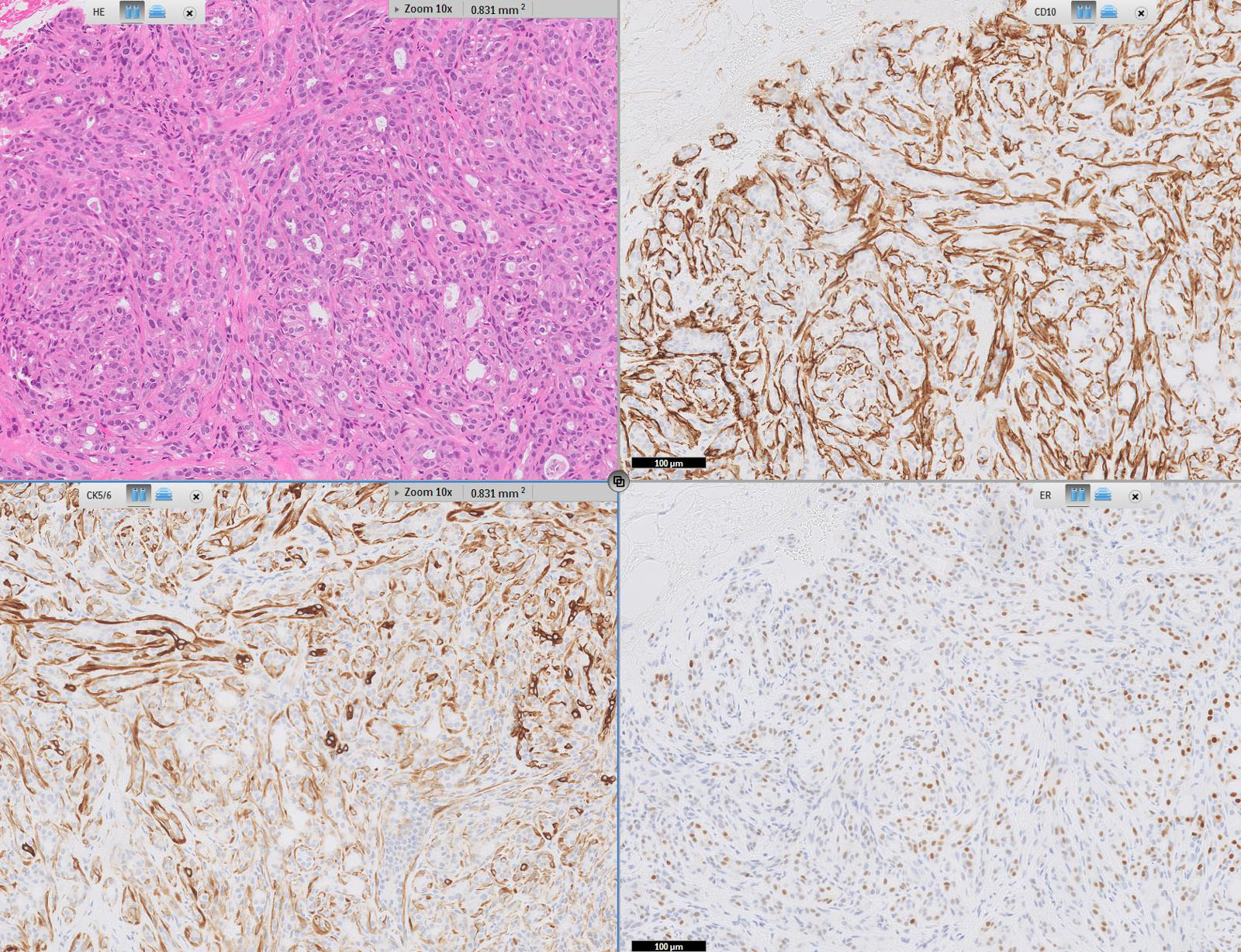



Pathology Outlines Cytokeratin 5 6 And Ck5



The Use Of P63 Immunohistochemistry For The Identification Of Squamous Cell Carcinoma Of The Lung
The immunohistochemistry reveled that the carcinoma cells were positive for four types of pancytokeratins, cytokeratin (CK) 5/6 (Figure 3), CK7 (Figure 4), CK18, CK19, p63 (Figure 5), and Ki67 (labeling = 78%) They were negative for high molecular weight CK, CK14, CK, TTF1, PE10 melanosome, S100 protein, EMA, vimentin, CD34, myoglobin, CEA, p53, desmin, αLung cancer is one of the most common malignant tumors harmful to human health Cytokeratin (CK) is highly conserved and differentiated related to the proliferation and differentiation of epithelial cells The aim of the study was to explore expressions of CK and CK7 and corresponding prognostic values in patients with lung cancer Our study included 258 cases of patients confirmed with lungCK 5/6 Immunohistochemical expression See Cytokeratins in normal epithelia and specific cytokeratins in common carcinomas basal cells of bronchial epithelium and of prostatic glands 6 squamous cell carcinoma 5 and large cell carcinoma of lung 5 adenocarcinoma of the lung is generally negative 6 transitional cell carcinoma 5
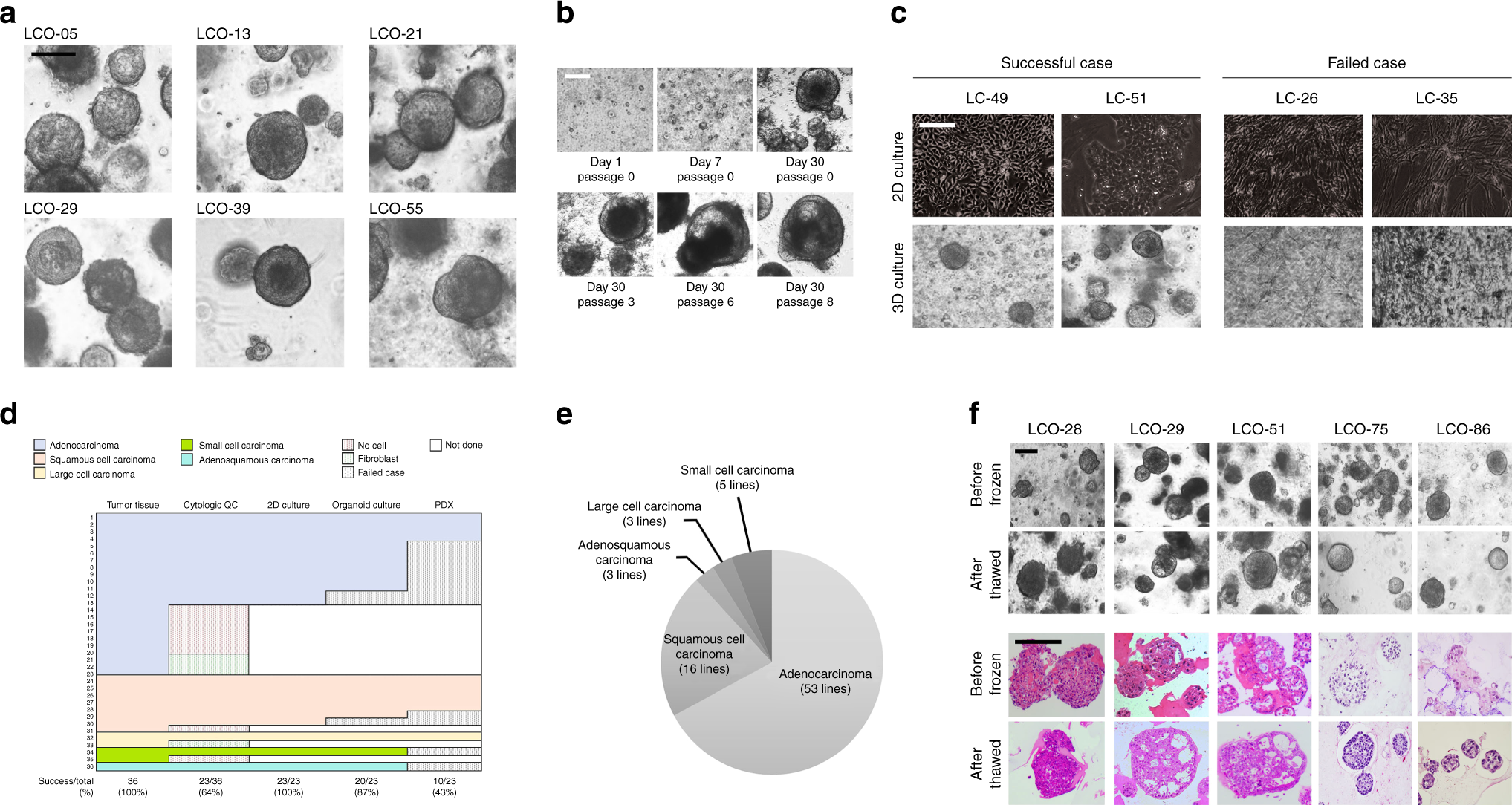



Patient Derived Lung Cancer Organoids As In Vitro Cancer Models For Therapeutic Screening Nature Communications




P63 And Ttf 1 Immunohistochemistry Cases Of Lcc A Carcinoma Nos On Download Scientific Diagram
Explore Elizabeth Ullrich's board "F&ck Lung Cancer" on See more ideas about cancer, lung cancer, cancer sucksCK3 was related to Union for International Cancer Control (UICC) stages (p < 001) and histological classification (p < 005), but not related to age, gender, smoking status, and chemotherapy regimen (all p > 005) The testing results of serum CK3 levels showed a higher sensitivity than that for CEA (4% and 395%, respectively) The chemotherapeutic response inThere were seven cases of lung cancer (9%) that were completely negative for p63, CK5, TTF1 and Napsin A CK5 was determined to be slightly more sensitive for staining SqCC when compared to CK5/6 (79% vs 75%, n=32), and both antibodies were 100% negative for LADC (n=28)




Utility Of Five Commonly Used Immunohistochemical Markers Ttf 1 Napsin A Ck7 Ck5 6 And P63 In Primary And Metastatic Adenocarcinoma And Squamous Cell Carcinoma Of The Lung A Retrospective Study Of 246 Fine




Expression Of P63 And Ck5 6 In Early Stage Lung Squamous Cell Carcinoma Is Not Only An Early Diagnostic Indicator But Also Correlates With A Good Prognosis Ma 15 Thoracic Cancer
These stickers are printed on durable, high opacity adhesive vinyl which makes them perfect for regular use, as well as for covering other stickers or paint The highquality vinyl ensures there are no bubbles when applying the stickers • High opacity film that's impossible to see through • Fast and easy bubblefree application • Durable vinyl, perfect for indoor use • 95µ density Specifically, four immunohistochemical stains routinely used for distinguishing primary lung ADC from primary lung SqCa, have become valuable ancillary tests for surgical pathologists Thyroid transcription factor1 (TTF1), p63, cytokeratins (CK) 5/6, and CK 7 all aid in differentiating lung ADC and lung SqCa




Immunohistochemistry Stains In Squamous Cell Carcinoma And Download Scientific Diagram




Afatinib Beyond Progression In Patients With Non Small Cell Lung Cancer Following Chemotherapy Erlotinib Gefitinib And Afatinib Phase Iii Randomized Lux Lung 5 Trial Annals Of Oncology
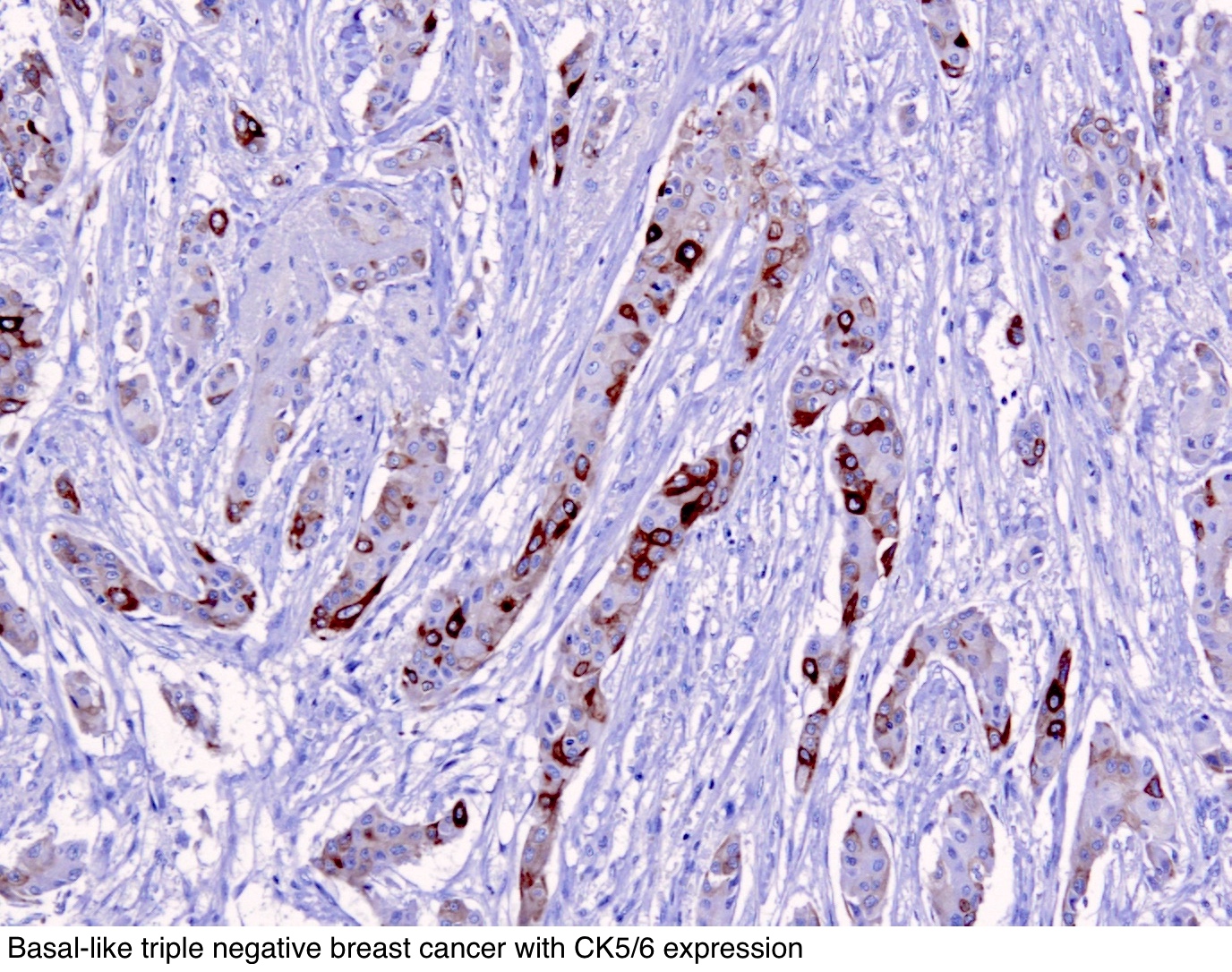



Pathology Outlines Cytokeratin 5 6 And Ck5



Q Tbn And9gctuaeubeofickfpn5 Lfmiu2rtllphz Iclkv2zftgxliqt Avr Usqp Cau




Squamous Cell Carcinoma Of The Lung Molecular Subtypes And Therapeutic Opportunities Clinical Cancer Research
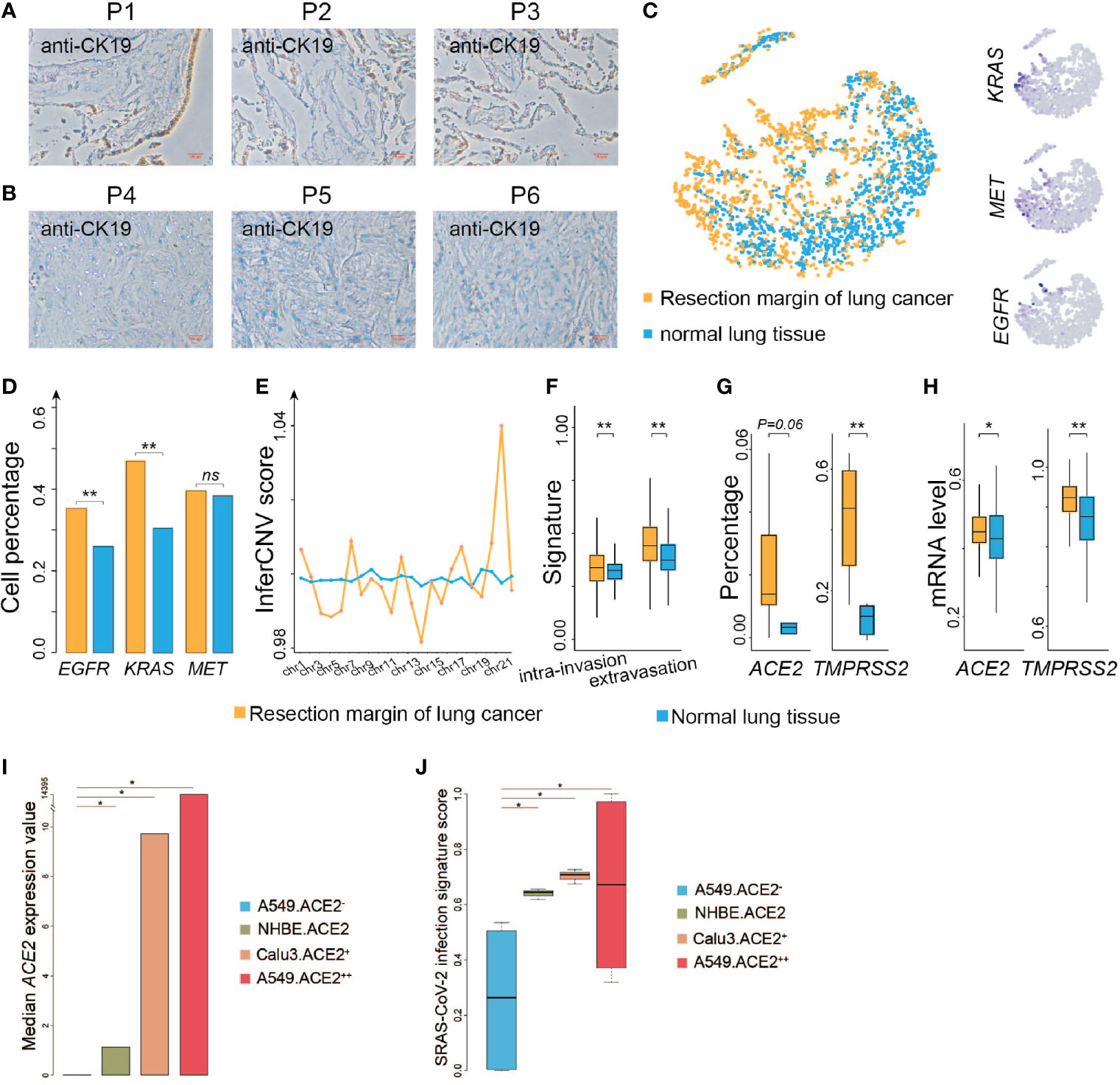



Frontiers High Expression Of Ace2 And Tmprss2 At The Resection Margin Makes Lung Cancer Survivors Susceptible To Sars Cov 2 With Unfavorable Prognosis Oncology




A Chemically Induced Model For Squamous Cell Carcinoma Of The Lung In Mice Cancer Research
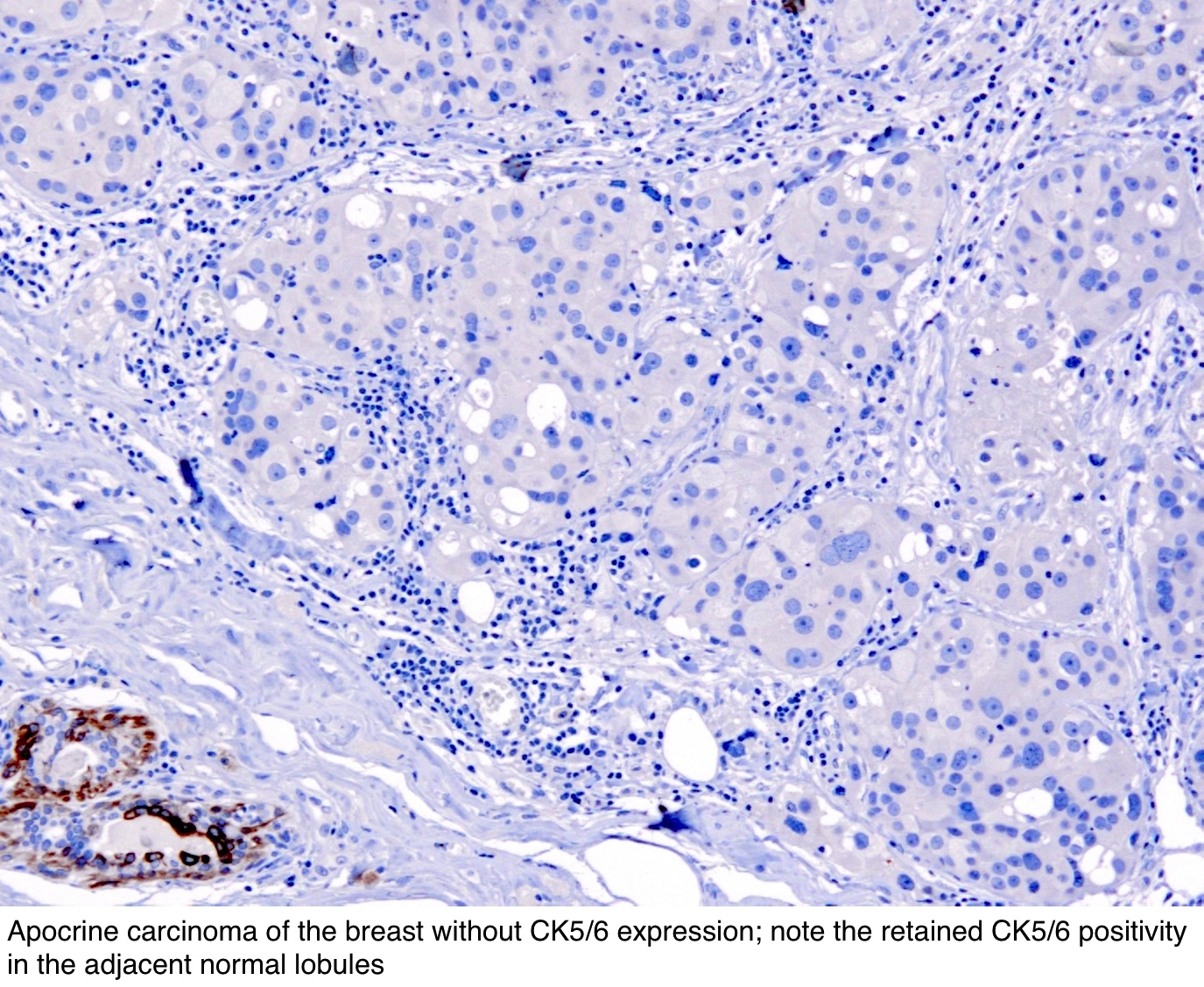



Pathology Outlines Cytokeratin 5 6 And Ck5




Lung Cancer The Lancet




Immunohistochemical Algorithm For Differentiation Of Lung Adenocarcinoma And Squamous Cell Carcinoma Based On Large Series Of Whole Tissue Sections With Validation In Small Specimens Modern Pathology



1




Clinical Relevance Of Neuroendocrine Differentiation In Non Small Cell Lung Cancer Assessed By Immunohistochemistry A Retrospective Study On 405 Surgically Resected Cases Semantic Scholar
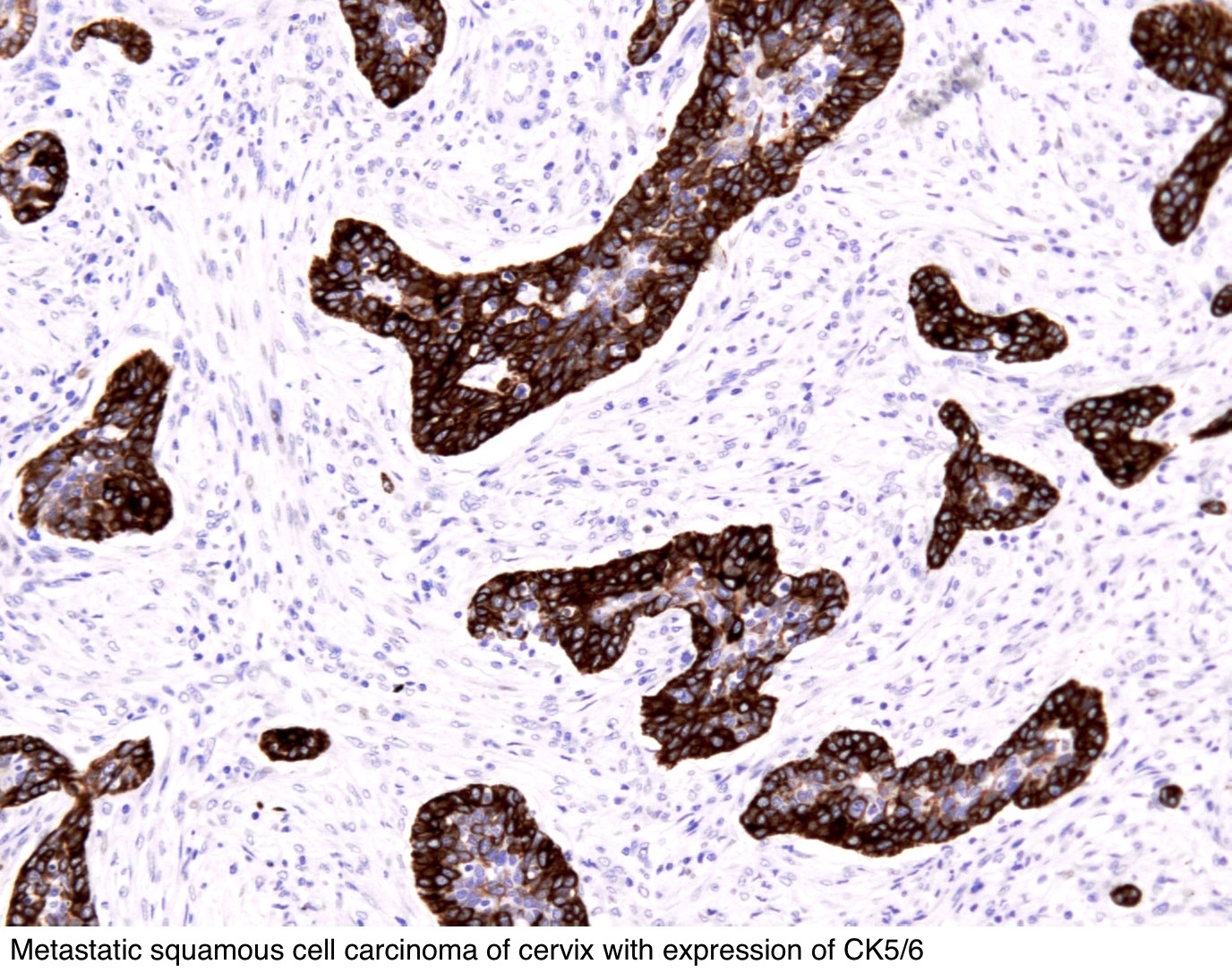



Pathology Outlines Cytokeratin 5 6 And Ck5




Expression Of P63 And Ck5 6 In Early Stage Lung Squamous Cell Carcinoma Is Not Only An Early Diagnostic Indicator But Also Correlates With A Good Prognosis Ma 15 Thoracic Cancer




Cytokeratin 5 An Overview Sciencedirect Topics
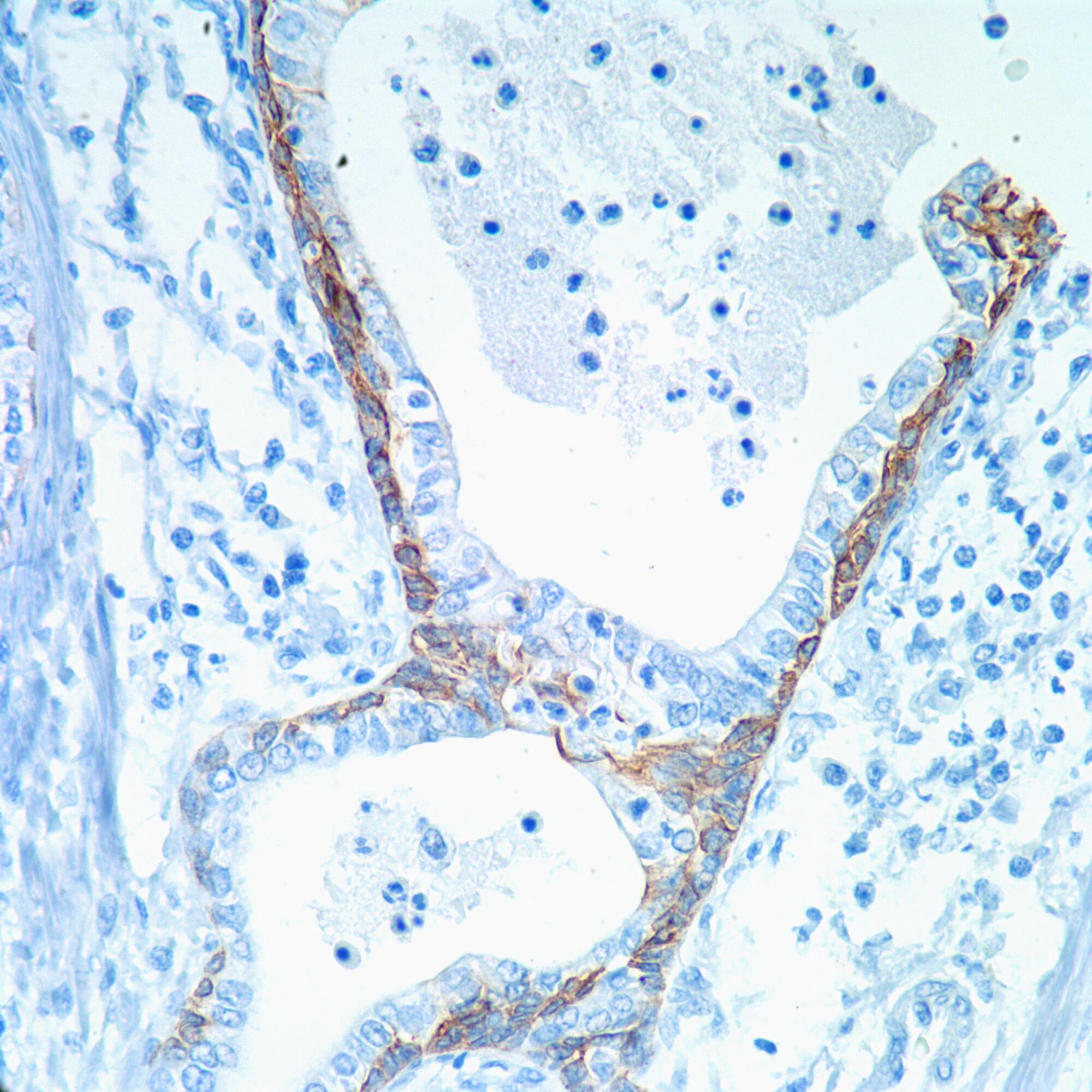



Cytokeratin 5 6 Ck 5 6 Pathology Resident Wiki Fandom
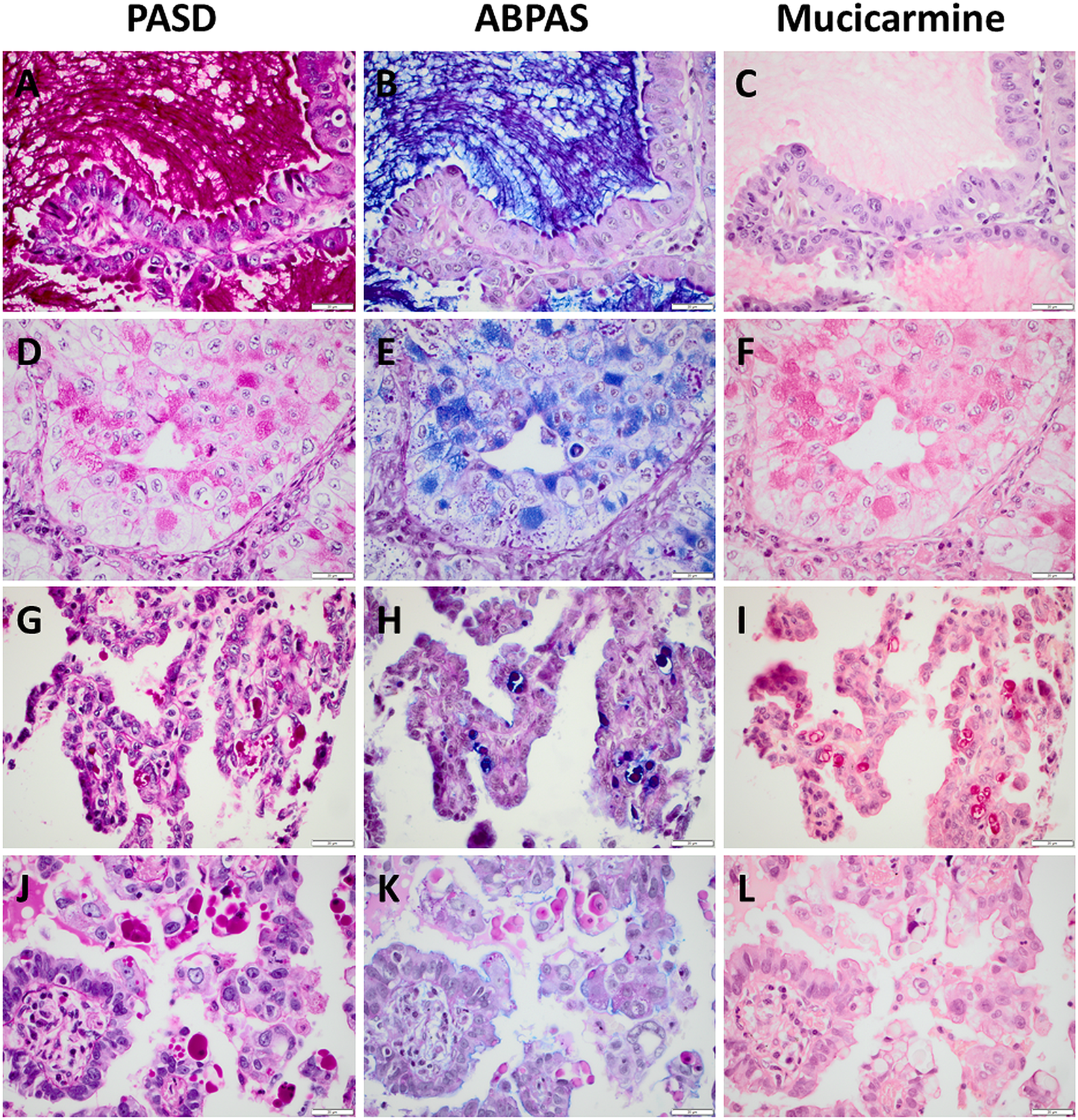



Mucin Staining Is Of Limited Value In Addition To Basic Immunohistochemical Analyses In The Diagnostics Of Non Small Cell Lung Cancer Scientific Reports



3




The Biology Of Epidermal Growth Factor Receptor In Lung Cancer Clinical Cancer Research
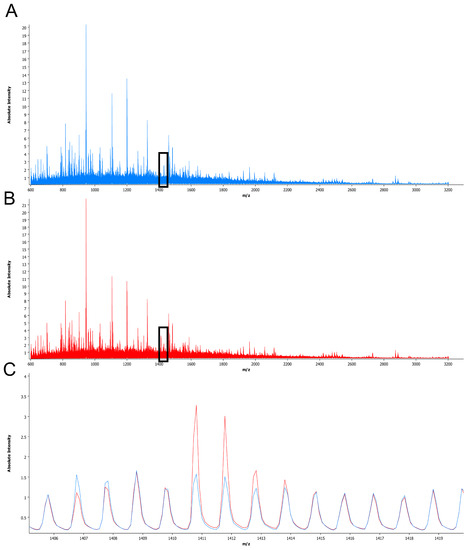



Cancers Free Full Text Mass Spectrometry Imaging For Reliable And Fast Classification Of Non Small Cell Lung Cancer Subtypes Html
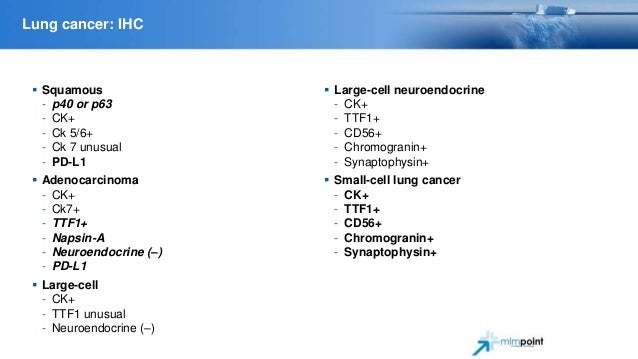



Ces19 02 One Hour On Lung Cancer For Medical Students




Cytokeratin 5 6 P63 And Ttf 1 Immuno Marker Use In Tiny Non Small Cell Lung Cancer Medcrave Online




Current Who Guidelines And The Critical Role Of Immunohistochemical Markers In The Subclassification Of Non Small Cell Lung Carcinoma Nsclc Moving From Targeted Therapy To Immunotherapy Sciencedirect
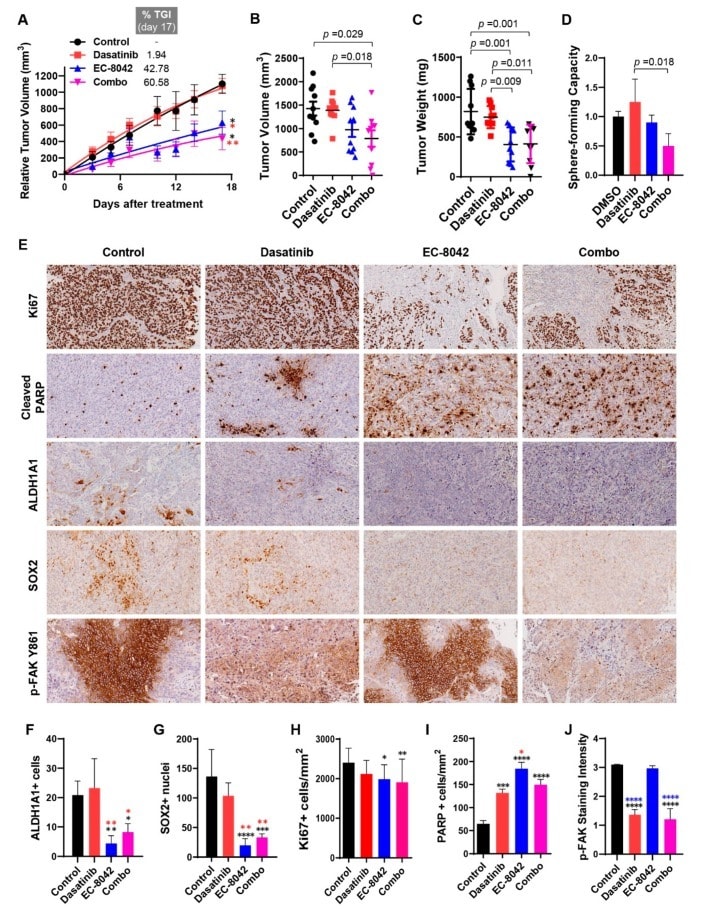



Cytokeratin 5 6 Antibody Ma5



Cytokeratin 5 6 Antibody D5 16b4 Bio Sb




Pseudomesotheliomatous Type Of Sarcomatoid Squamous Cell Lung Cancer Presenting With Hemothorax The Annals Of Thoracic Surgery




Kallikrein Related Peptidases In Lung Diseases




Jaypeedigital Ebook Reader
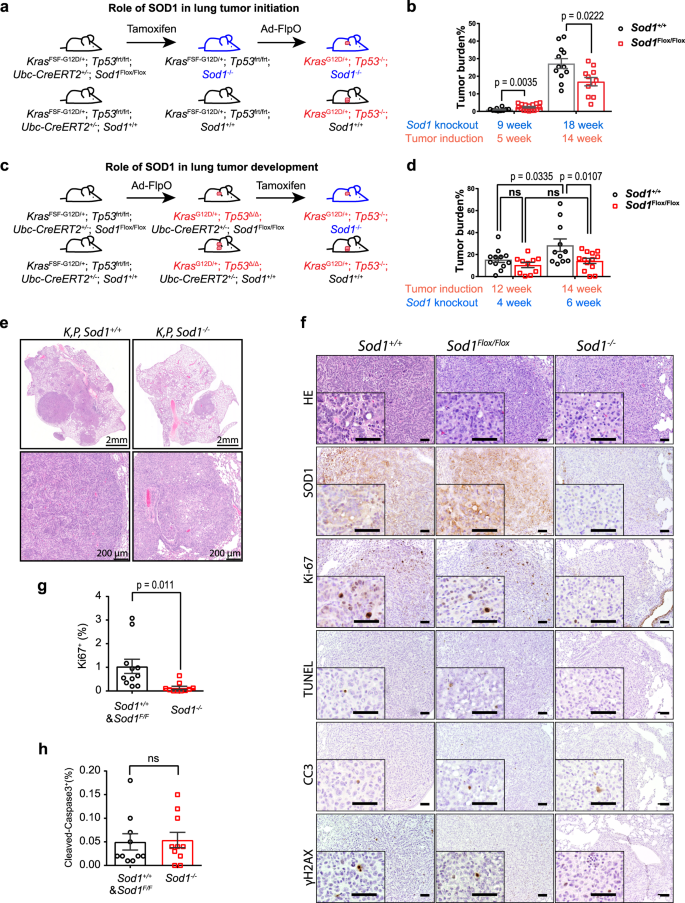



Sod1 Regulates Ribosome Biogenesis In Kras Mutant Non Small Cell Lung Cancer Nature Communications
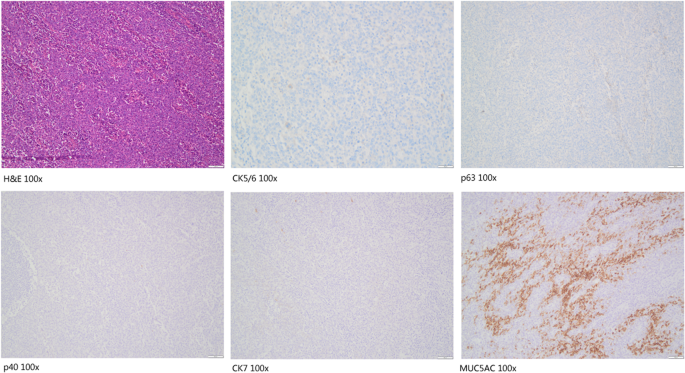



A Combination Of Cytokeratin 5 6 P63 P40 And Muc5ac Are Useful For Distinguishing Squamous Cell Carcinoma From Adenocarcinoma Of The Cervix Diagnostic Pathology Full Text
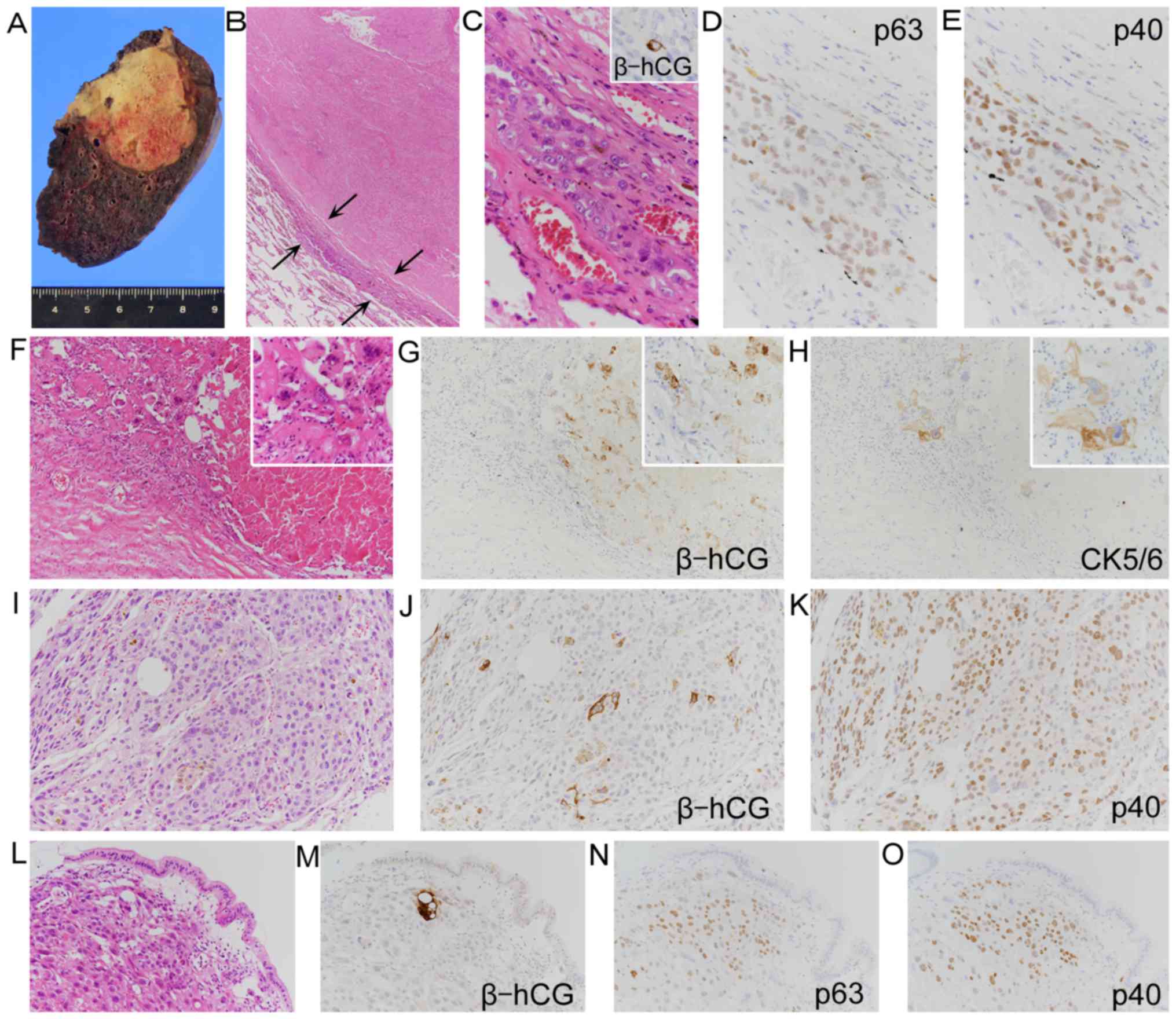



Focal Positivity Of Immunohistochemical Markers For Pulmonary Squamous Cell Carcinoma In Primary Pulmonary Choriocarcinoma A Histopathological Study




Pdf Value Of P63 And Cytokeratin 5 6 As Immunohistochemical Markers For The Differential Diagnosis Of Poorly Differentiated And Undifferentiated Carcinomas
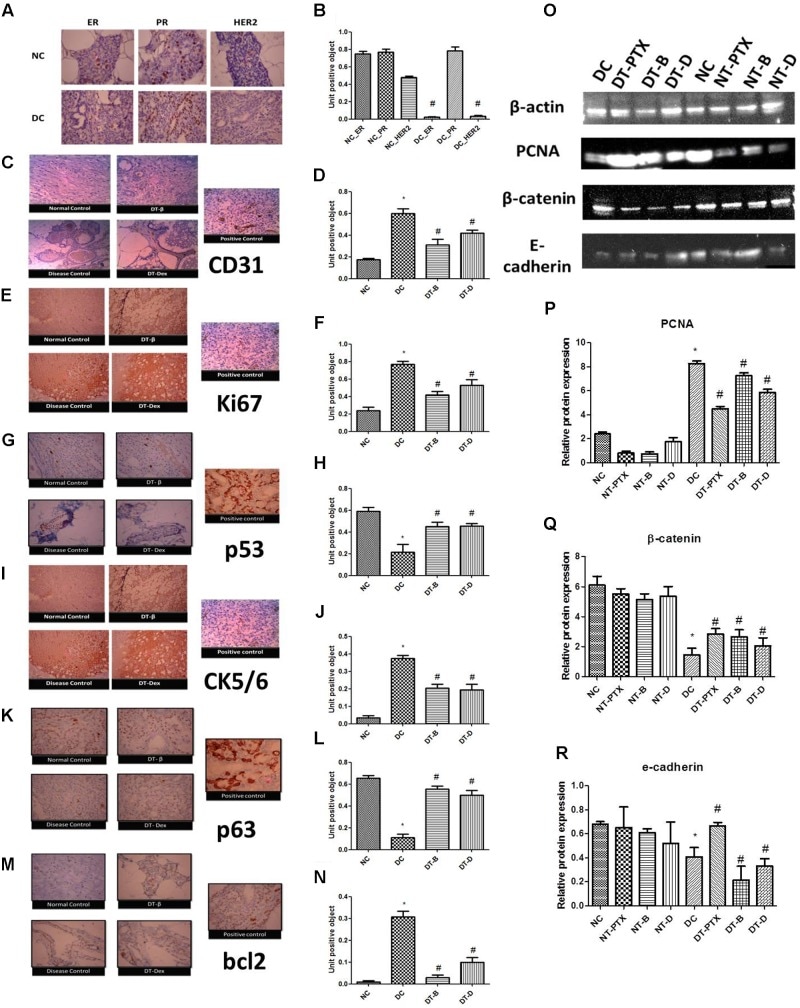



Cytokeratin 5 6 Antibody Ma5
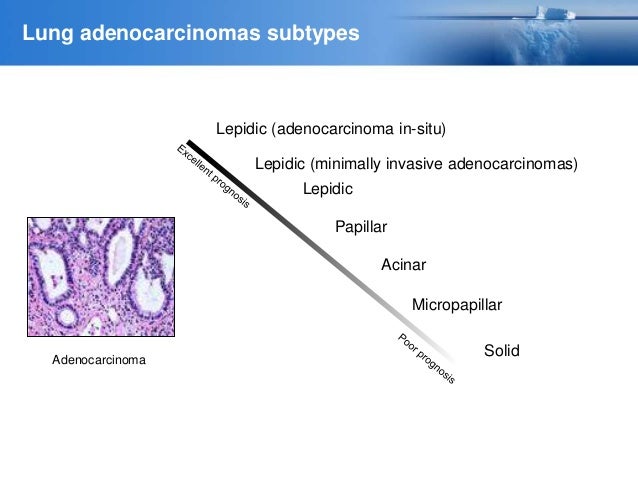



Ces18 02 Cancer De Pulmon Clases 1 Y 2




Best Practices Recommendations For Diagnostic Immunohistochemistry In Lung Cancer Journal Of Thoracic Oncology




The Use Of Immunohistochemistry Improves The Diagnosis Of Small Cell Lung Cancer And Its Differential Diagnosis An International Reproducibility Study In A Demanding Set Of Cases Sciencedirect
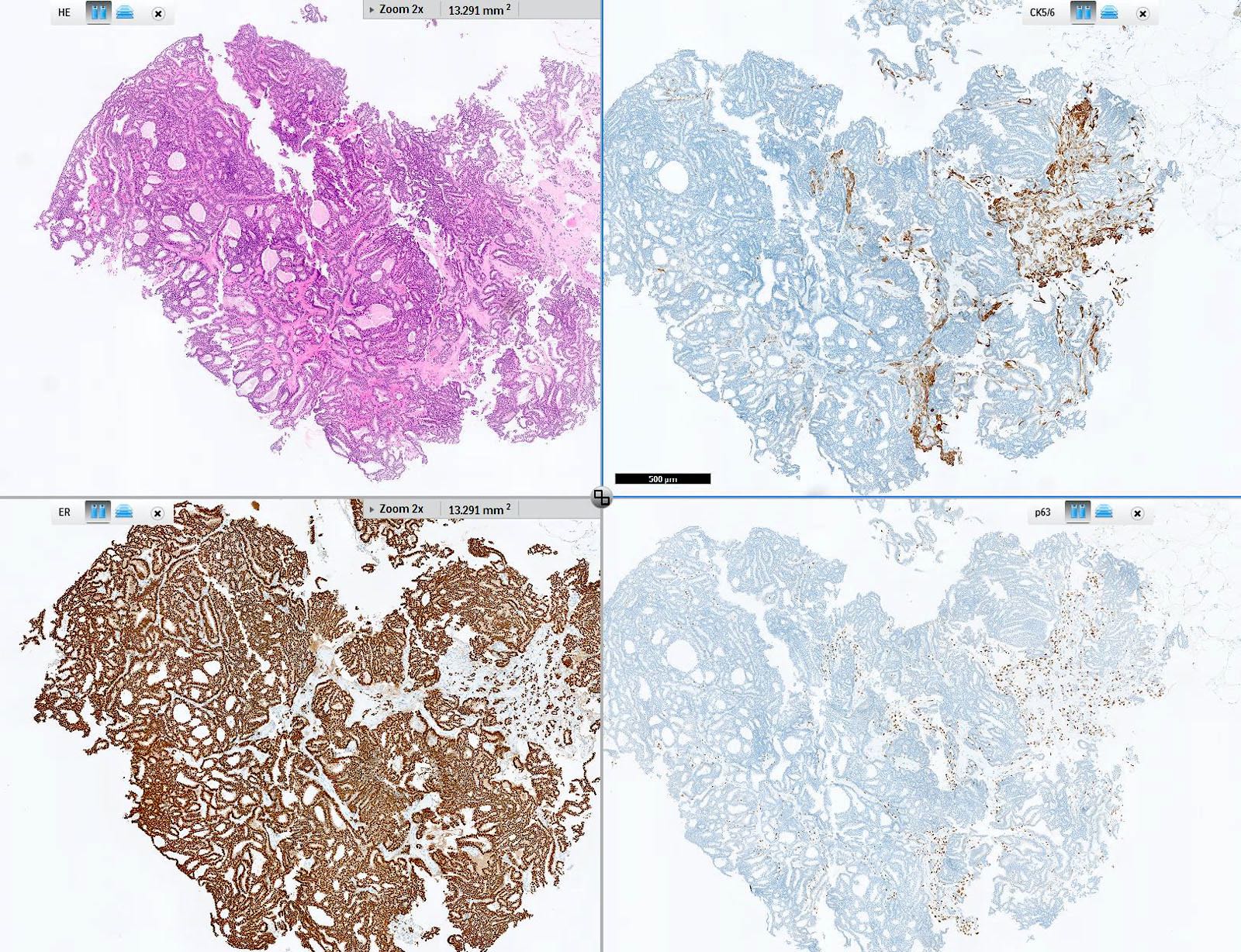



Pathology Outlines Cytokeratin 5 6 And Ck5
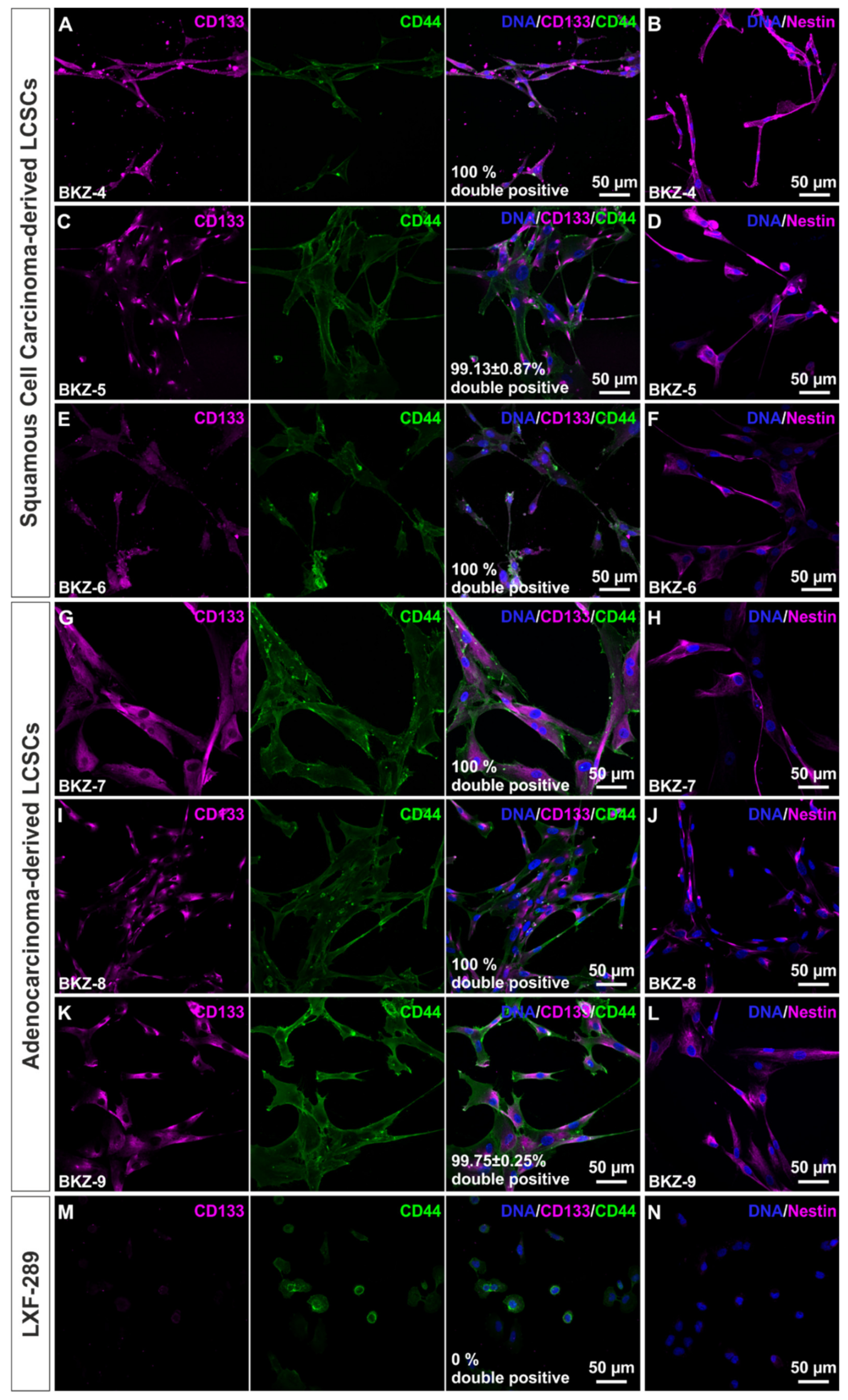



Cells Free Full Text Novel Primary Human Cancer Stem Like Cell Populations From Non Small Cell Lung Cancer Inhibition Of Cell Survival By Targeting Nf Kb And Myc Signaling Html
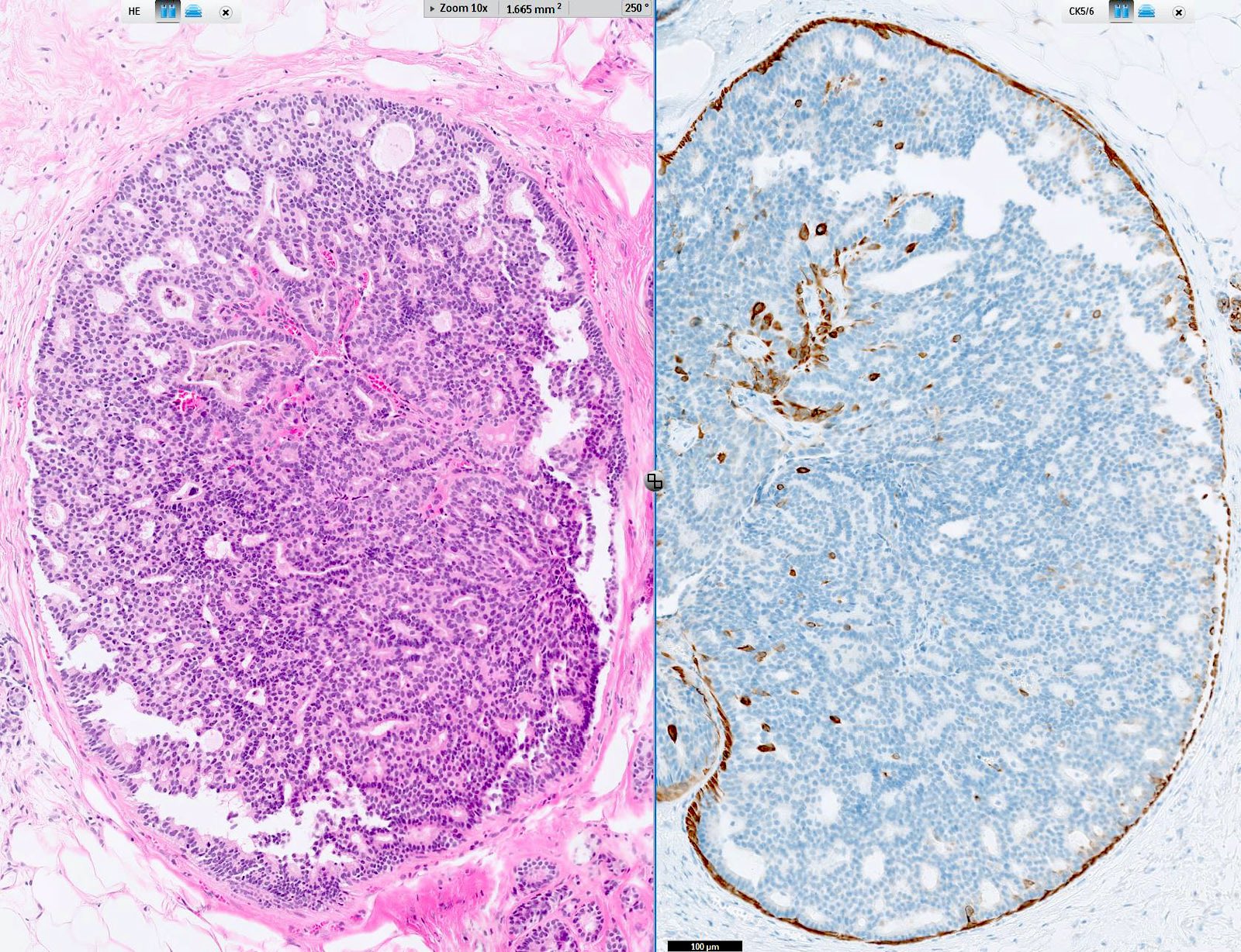



Pathology Outlines Cytokeratin 5 6 And Ck5
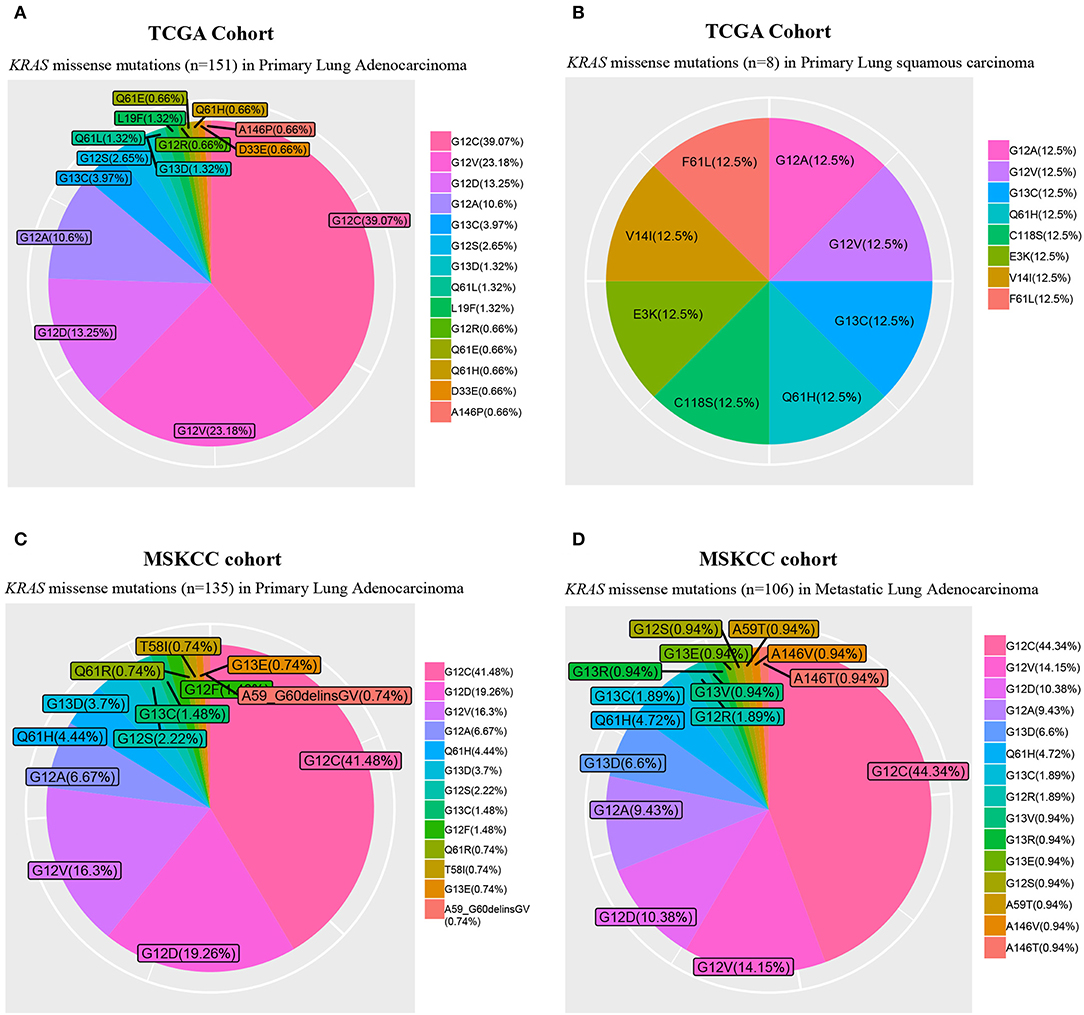



Frontiers New Horizons In Kras Mutant Lung Cancer Dawn After Darkness Oncology



2
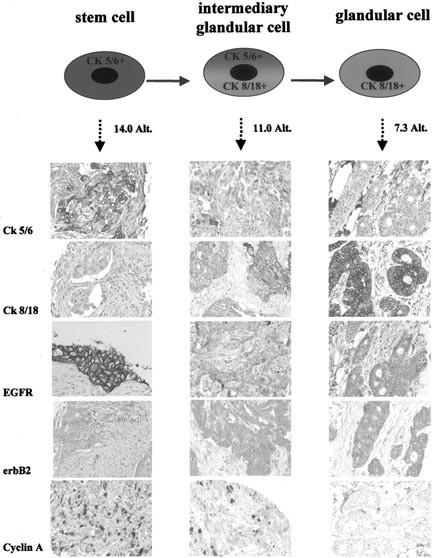



Cytogenetic Alterations And Cytokeratin Expression Patterns In Breast Cancer Integrating A New Model Of Breast Differentiation Into Cytogenetic Pathways Of Breast Carcinogenesis Laboratory Investigation




Loss Of P63 And Cytokeratin 5 6 Expression Is Associated With More Aggressive Tumors In Endometrial Carcinoma Patients Stefansson 06 International Journal Of Cancer Wiley Online Library
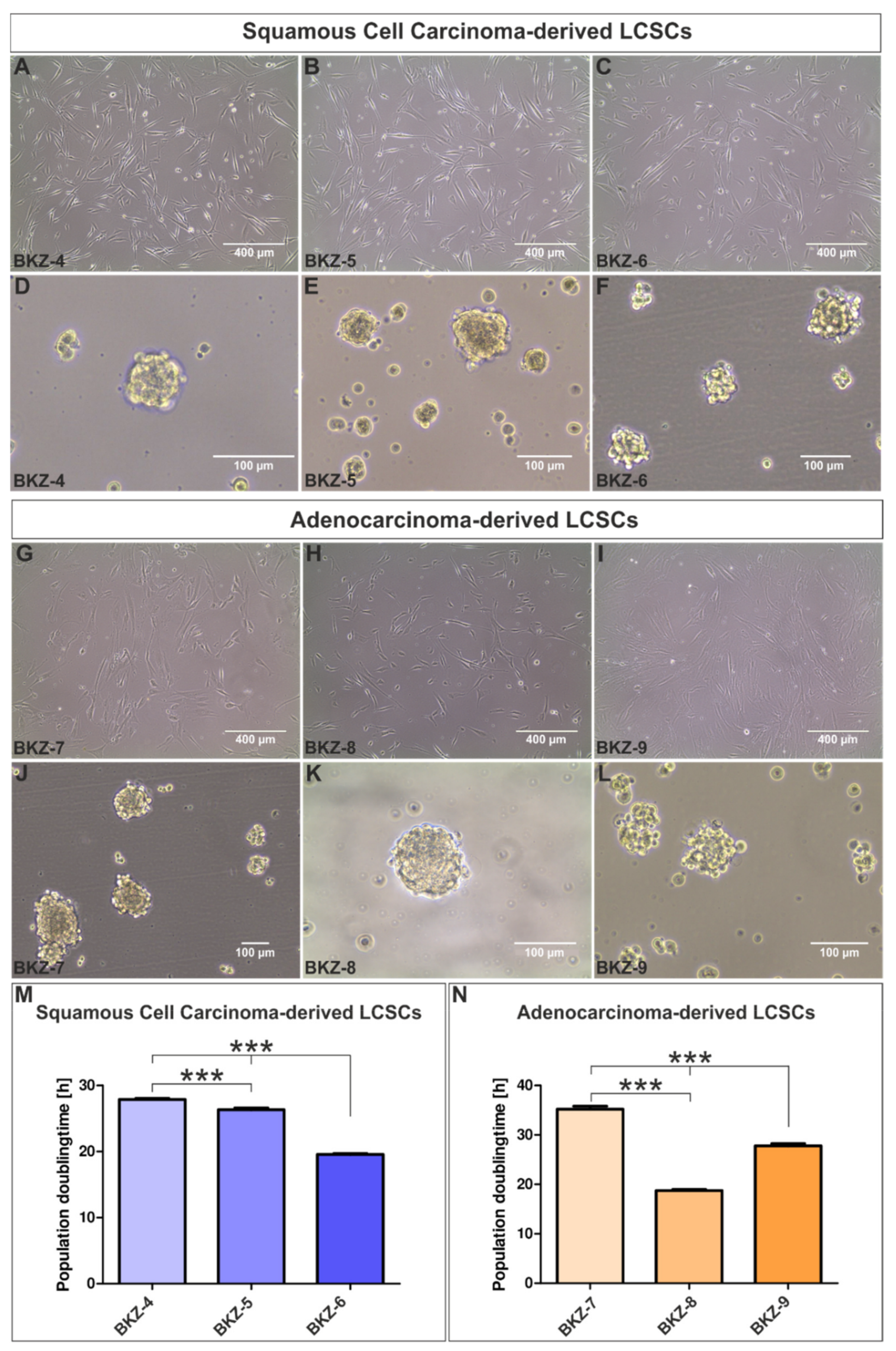



Cells Free Full Text Novel Primary Human Cancer Stem Like Cell Populations From Non Small Cell Lung Cancer Inhibition Of Cell Survival By Targeting Nf Kb And Myc Signaling Html
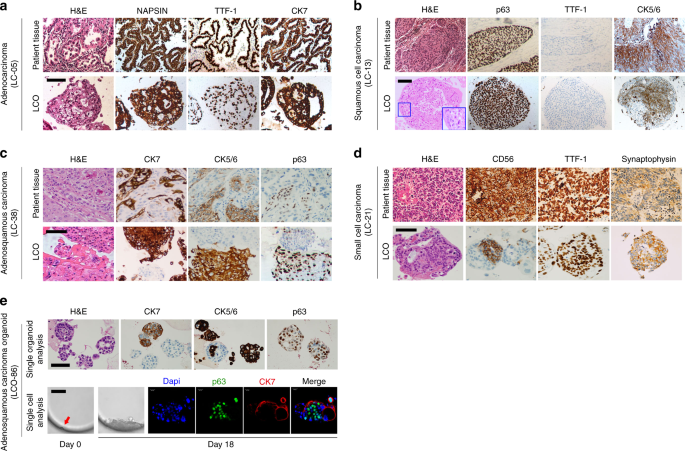



Patient Derived Lung Cancer Organoids As In Vitro Cancer Models For Therapeutic Screening Nature Communications



Mesothelioma Positive For Pan Ck Ck 5 6 Calretinin Wt1 Diagnostic Biosystems Immunohistochemistry Primary Antibodies Monoclonal Antibodies Polyclonal Antibodies Fitc Antibodies Automated Staining Instrumentation Mouse And Rabbit



D Nb Info 34




Characterization Of Dll3 Positive Circulating Tumor Cells Ctcs In Patients With Small Cell Lung Cancer Sclc And Evaluation Of Their Clinical Relevance During Front Line Treatment Lung Cancer




Lung Squamous Carcinoma Involving The Lip And Cheek The Lancet Oncology




Anti Cytokeratin 5 6 Antibody D5 16 B4 Ab Abcam
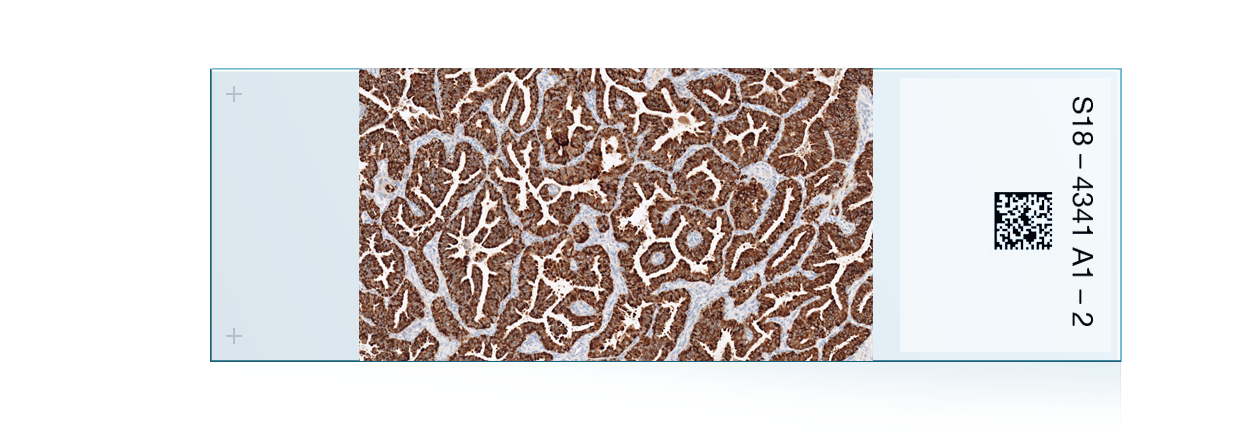



Lung Cancer Ihc Portfolio
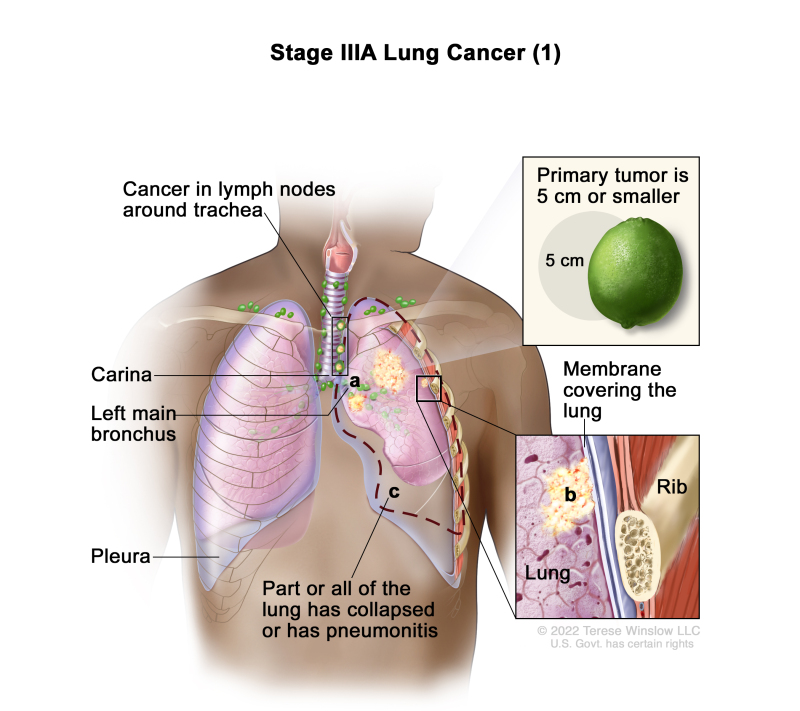



Non Small Cell Lung Cancer Treatment Pdq Pdq Cancer Information Summaries Ncbi Bookshelf
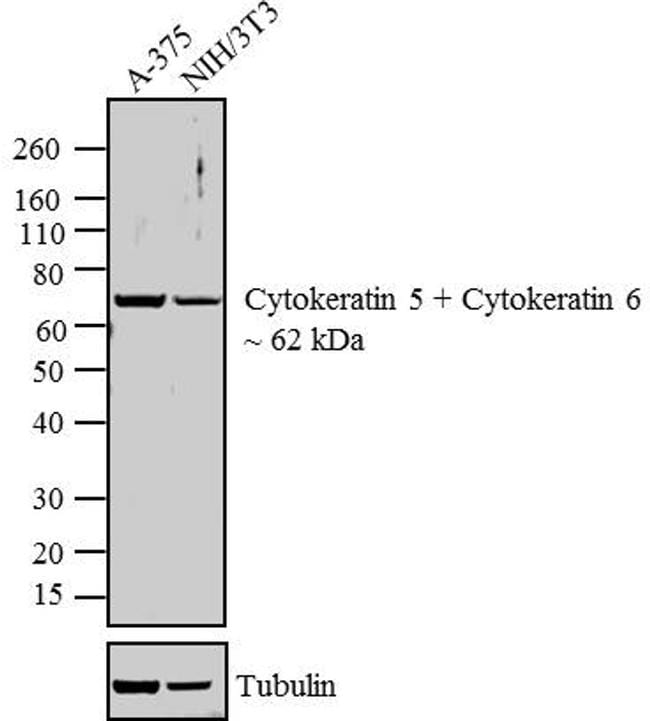



Cytokeratin 5 6 Antibody Ma5




P40 And Napsin A And Ck5 6 And Ttf1 Dual Marker Staining In Lung Download Scientific Diagram
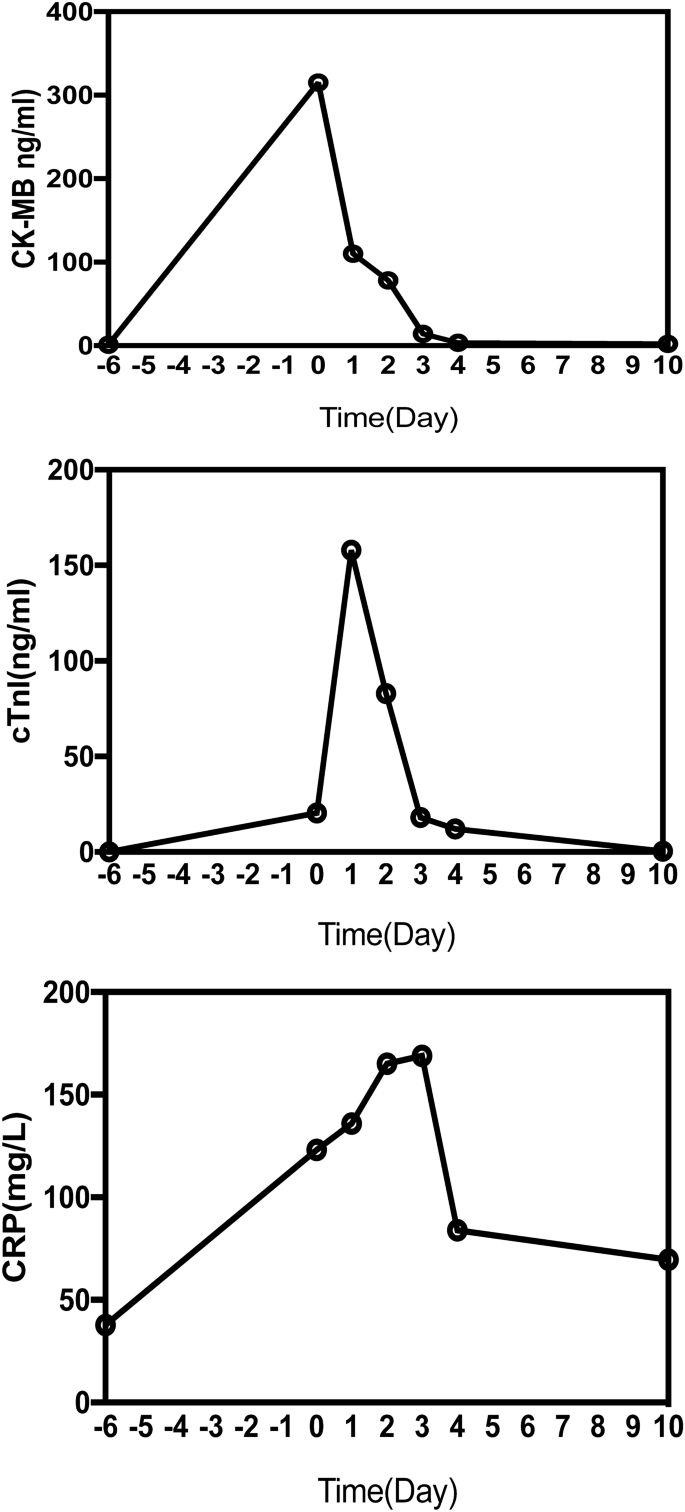



Early Onset Acute Coronary Artery Occlusion After Pembrolizumab In Advanced Non Small Cell Lung Cancer A Case Report Springerlink
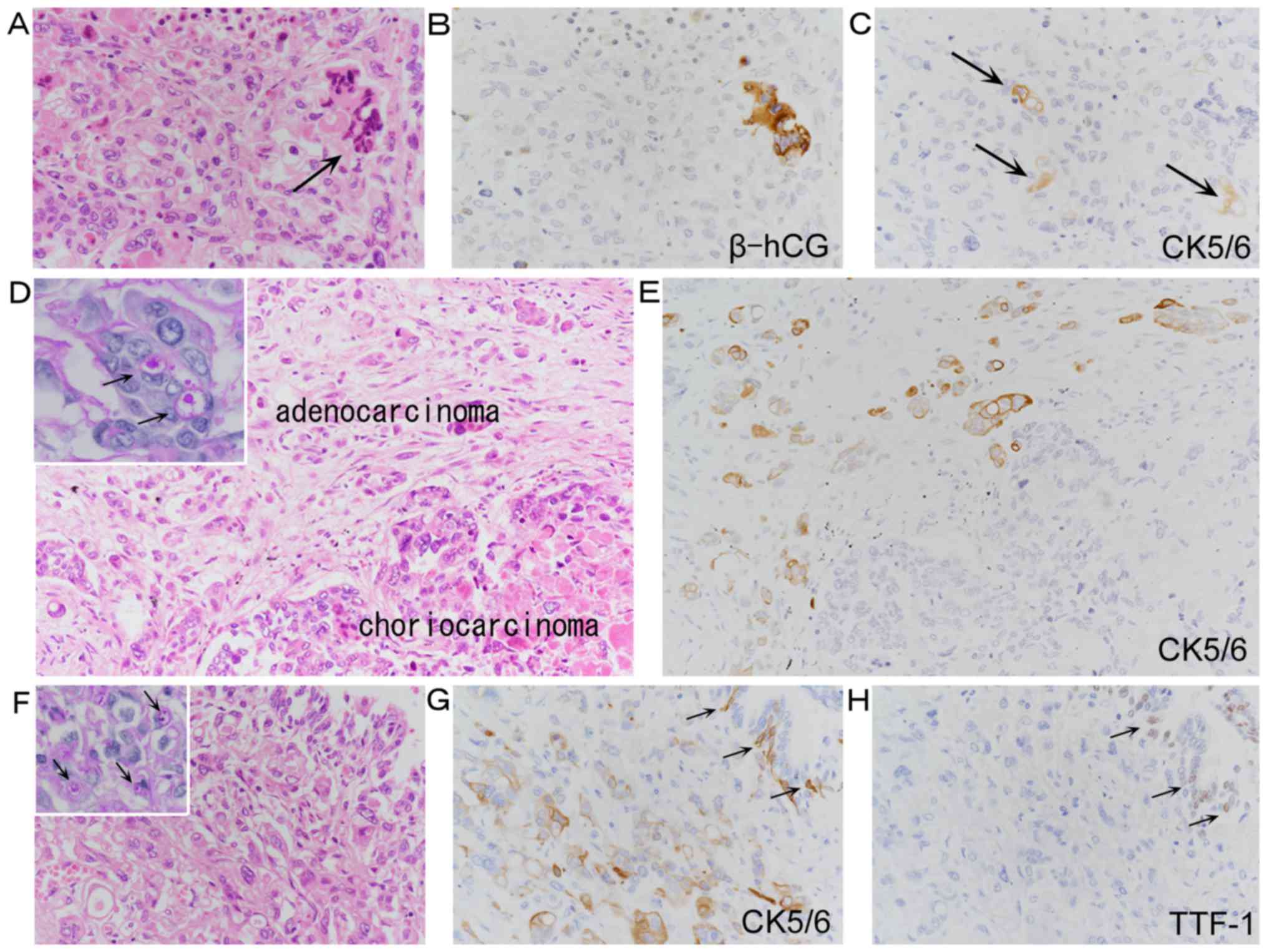



Focal Positivity Of Immunohistochemical Markers For Pulmonary Squamous Cell Carcinoma In Primary Pulmonary Choriocarcinoma A Histopathological Study




Cytokeratin 5 6 P63 And Ttf 1 Immuno Marker Use In Tiny Non Small Cell Lung Cancer Medcrave Online




Egfr Exon Insertion Mutations Clinicopathological Characteristics And Treatment Outcomes In Advanced Non Small Cell Lung Cancer Clinical Lung Cancer
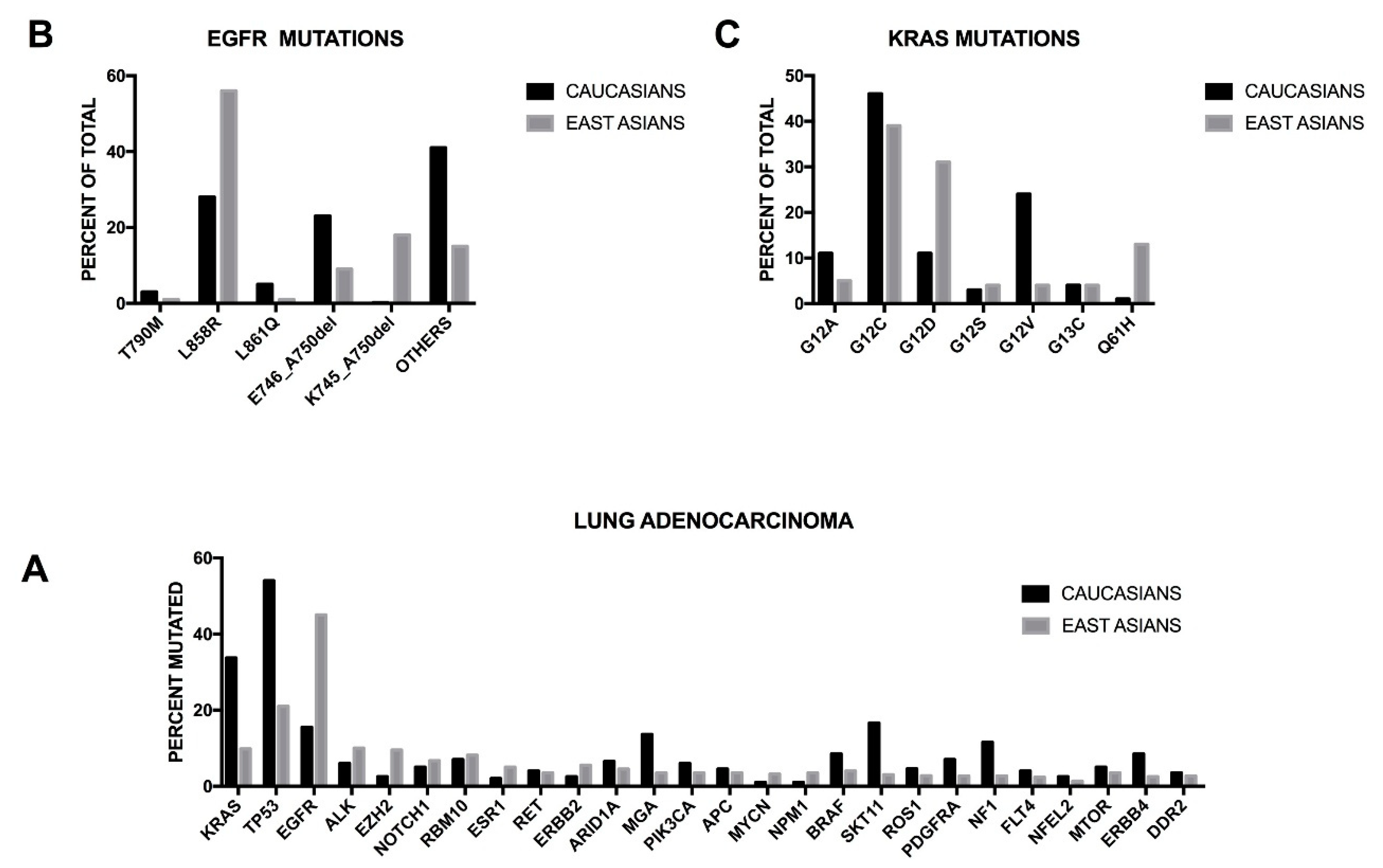



Cancers Free Full Text Lung Cancers Molecular Characterization Clonal Heterogeneity And Evolution And Cancer Stem Cells Html



Www Researchsquare Com Article Rs V1 Pdf



Http Www Turkjpath Org Pdf Php3 Id 1739



Ispub Com Ijpa 13 2
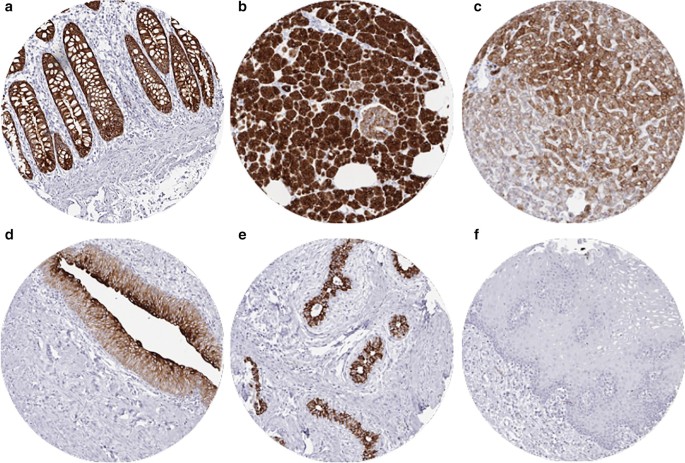



Diagnostic And Prognostic Impact Of Cytokeratin 18 Expression In Human Tumors A Tissue Microarray Study On 11 952 Tumors Molecular Medicine Full Text
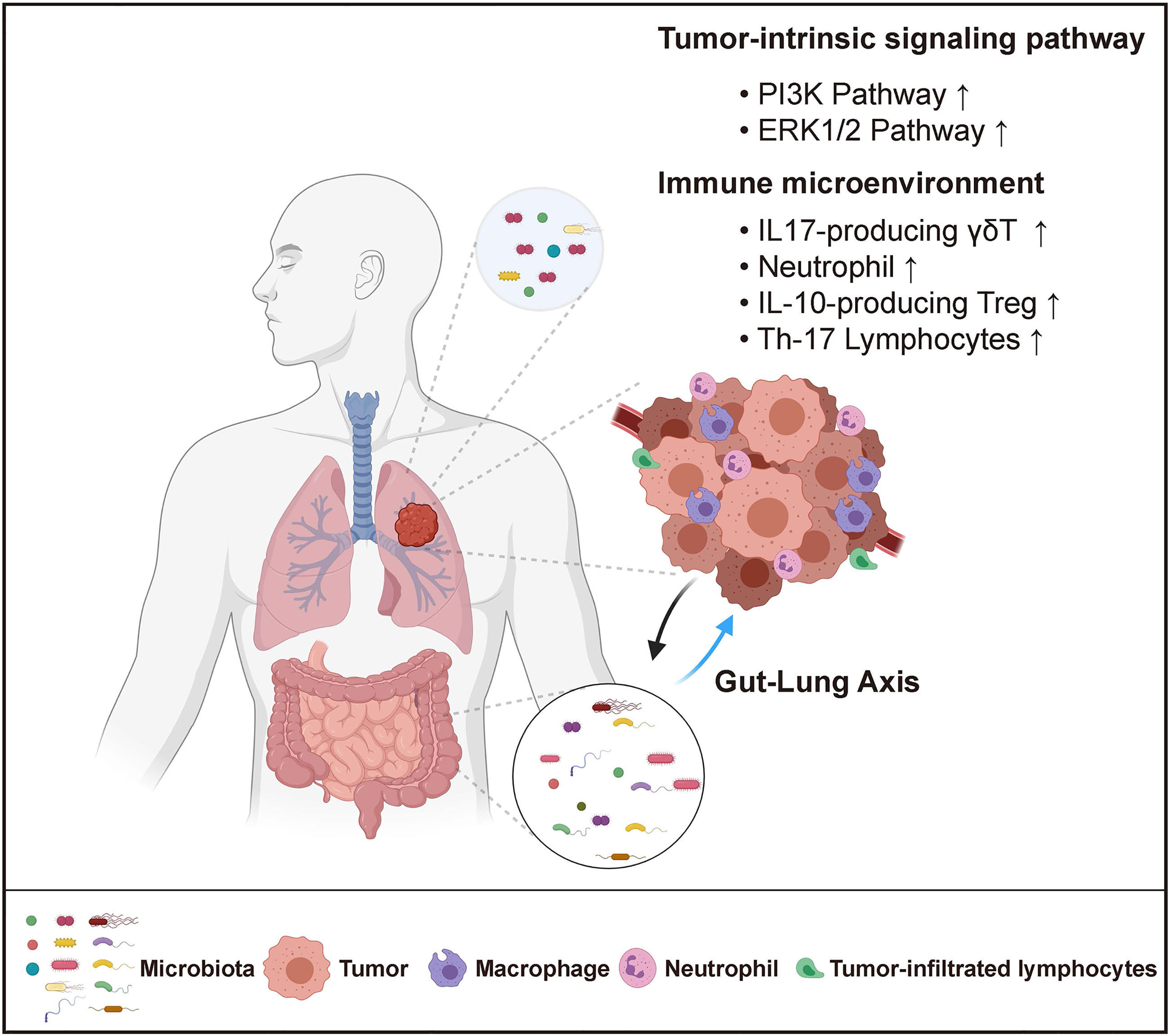



Frontiers Host Microbiome Interaction In Lung Cancer Immunology
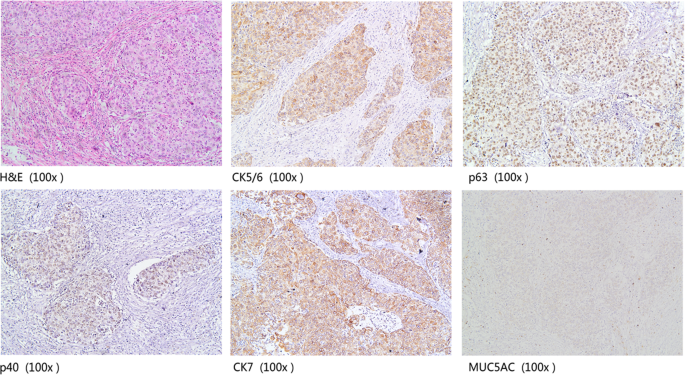



A Combination Of Cytokeratin 5 6 P63 P40 And Muc5ac Are Useful For Distinguishing Squamous Cell Carcinoma From Adenocarcinoma Of The Cervix Diagnostic Pathology Full Text
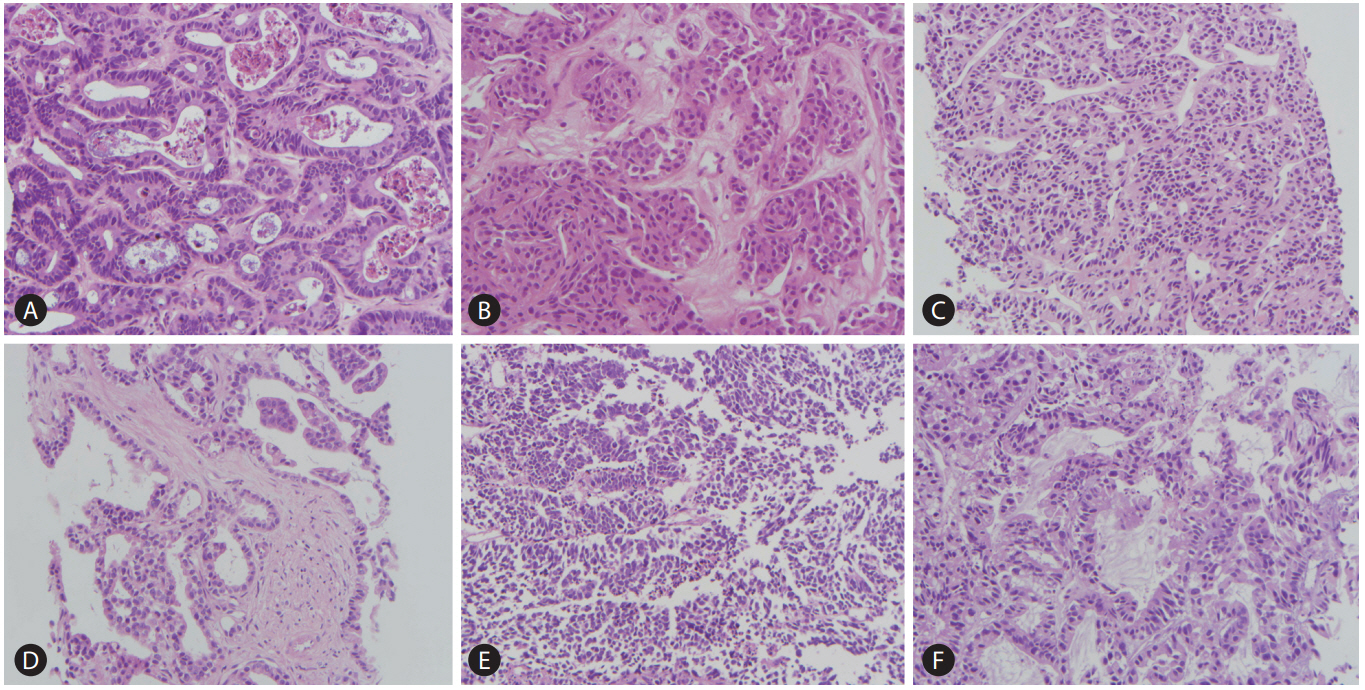



Pathologic Differential Diagnosis Of Metastatic Carcinoma In The Liver




Systematic Identification Of Molecular Subtype Selective Vulnerabilities In Non Small Cell Lung Cancer Sciencedirect
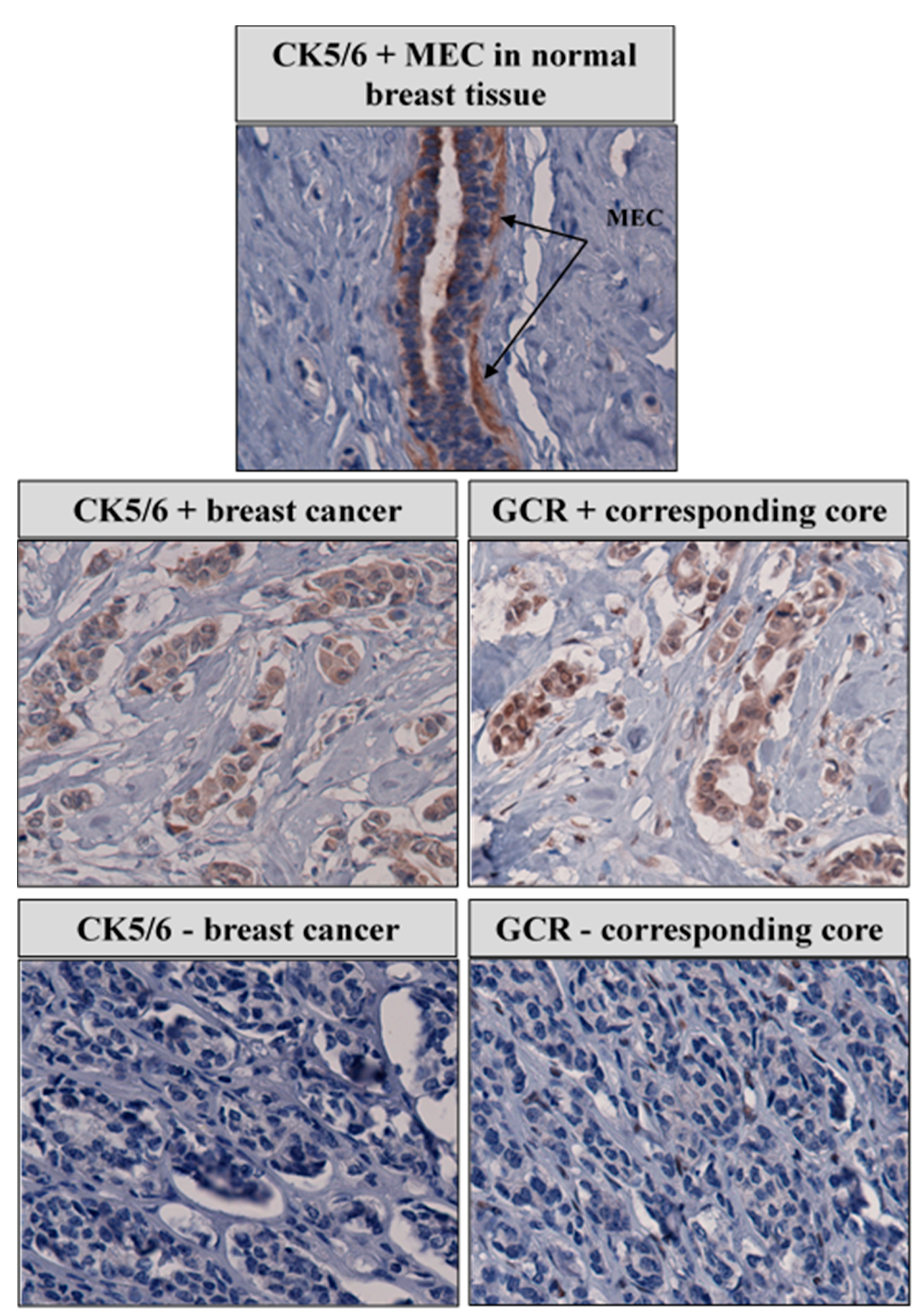



Cancers Free Full Text Genetic Variation And Immunohistochemical Localization Of The Glucocorticoid Receptor In Breast Cancer Cases From The Breast Cancer Care In Chicago Cohort Html




Vitamin D Repletion Reduces The Progression Of Premalignant Squamous Lesions In The Ntcu Lung Squamous Cell Carcinoma Mouse Model Abstract Europe Pmc




Example Of A Basal Like Breast Cancer Stained With Cytokeratin 5 6 Download Scientific Diagram



Cytokeratin 5 6 Antibody Ep24 Ep67 Bio Sb



Www Nature Com Articles 304 Pdf Origin Ppub
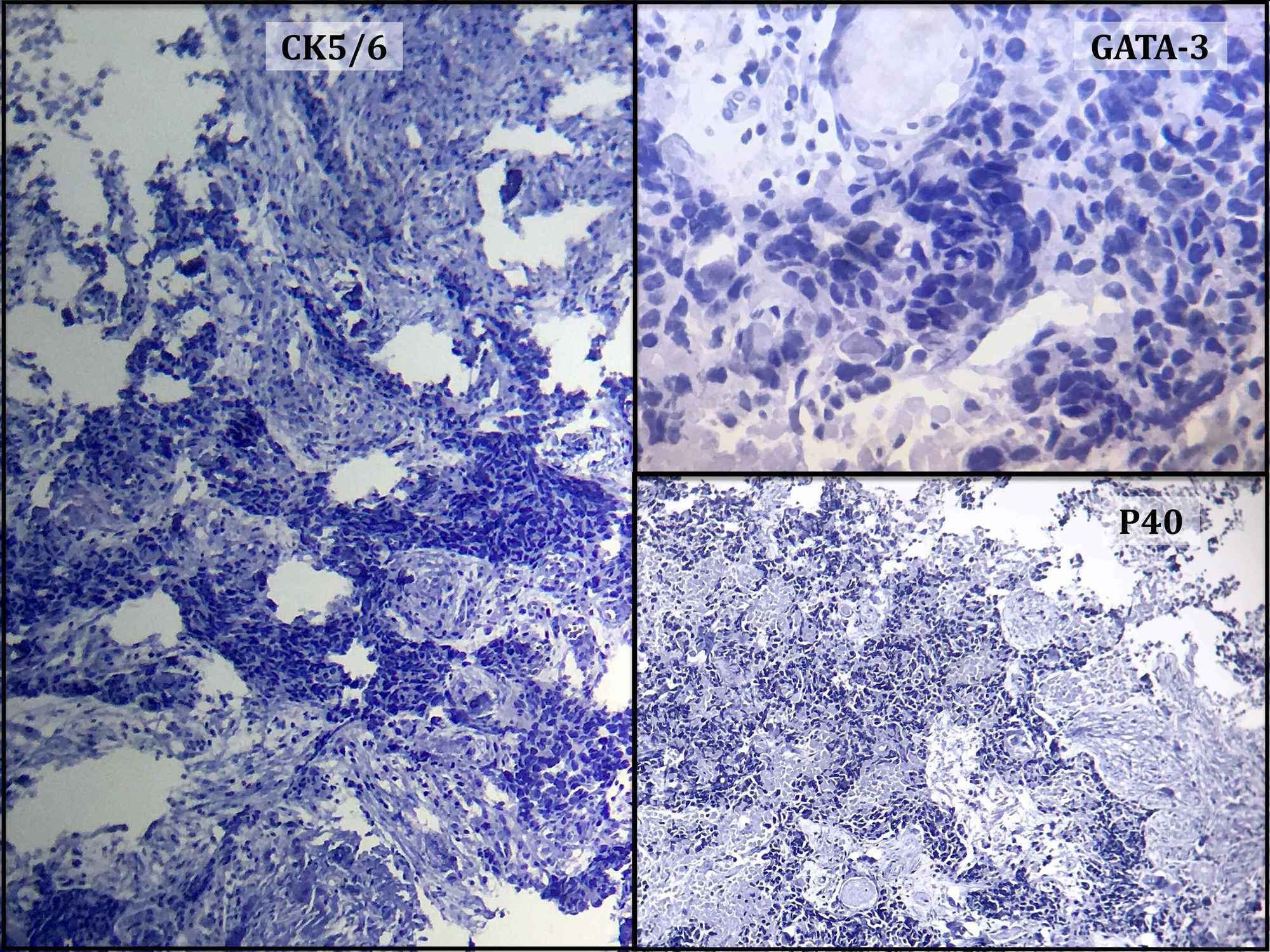



Cureus Breast Metastasis From A Non Small Cell Lung Cancer A Case Report
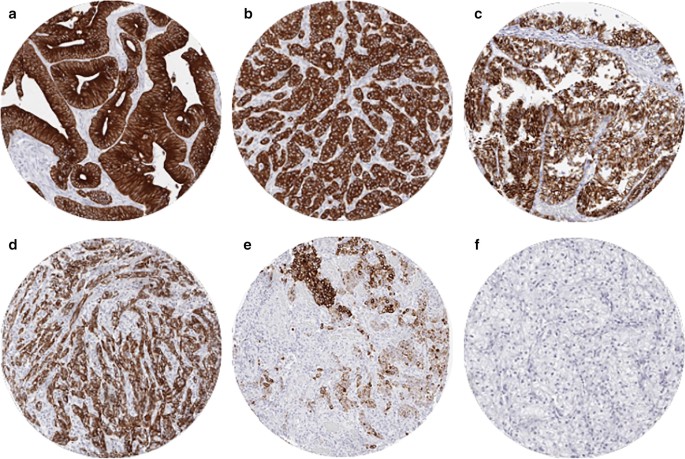



Diagnostic And Prognostic Impact Of Cytokeratin 18 Expression In Human Tumors A Tissue Microarray Study On 11 952 Tumors Molecular Medicine Full Text



2




Utility Of 10 Immunohistochemical Markers Including Novel Markers Desmocollin 3 Glypican 3 S100a2 S100a7 And Sox 2 For Differential Diagnosis Of Squamous Cell Carcinoma From Adenocarcinoma Of The Lung Journal Of Thoracic Oncology




Agreement Of Ck5 6 P40 And P63 Immunoreactivity In Non Small Cell Lung Cancer Sciencedirect
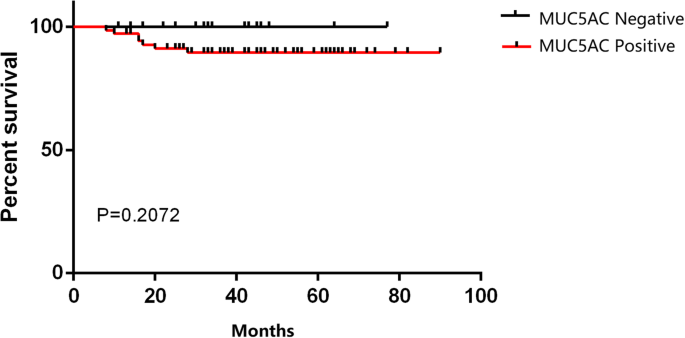



A Combination Of Cytokeratin 5 6 P63 P40 And Muc5ac Are Useful For Distinguishing Squamous Cell Carcinoma From Adenocarcinoma Of The Cervix Diagnostic Pathology Full Text




Tuberculosis And Respiratory Diseases




Carcinoma Wikipedia




Role Of Minimal Panel Immunostaining In Accurate Diagnosis Of Lung Cancer Using Small Biopsies Sciencedirect




Reprogramming Of Tumor Associated Macrophages By Targeting B Catenin Fosl2 Arid5a Signaling A Potential Treatment Of Lung Cancer Science Advances




Generation And Evaluation Of A Monoclonal Antibody Designated Madl As A New Specific Marker For Adenocarcinomas Of The Lung Topic Of Research Paper In Clinical Medicine Download Scholarly Article Pdf And
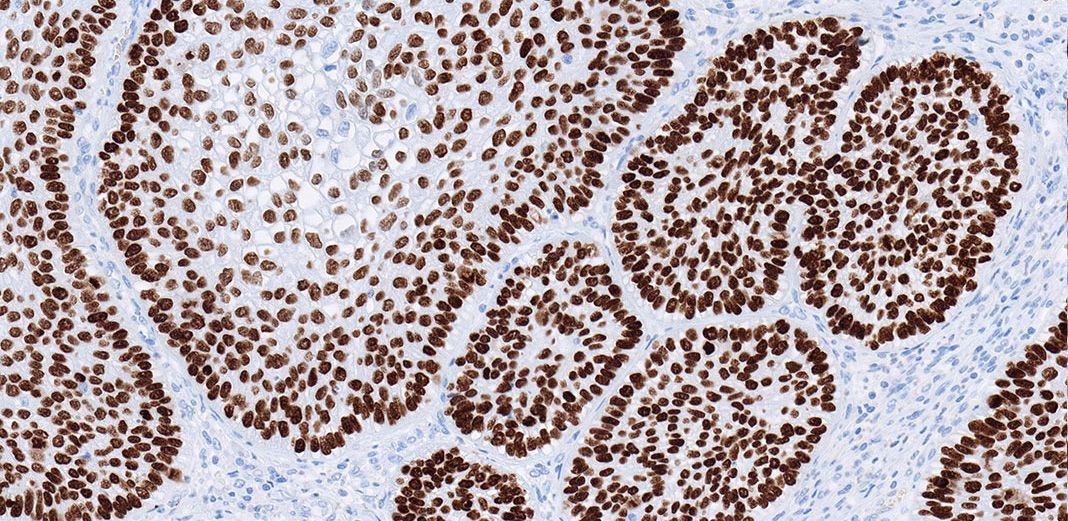



Roche Lung Cancer Ihc Panel



0 件のコメント:
コメントを投稿